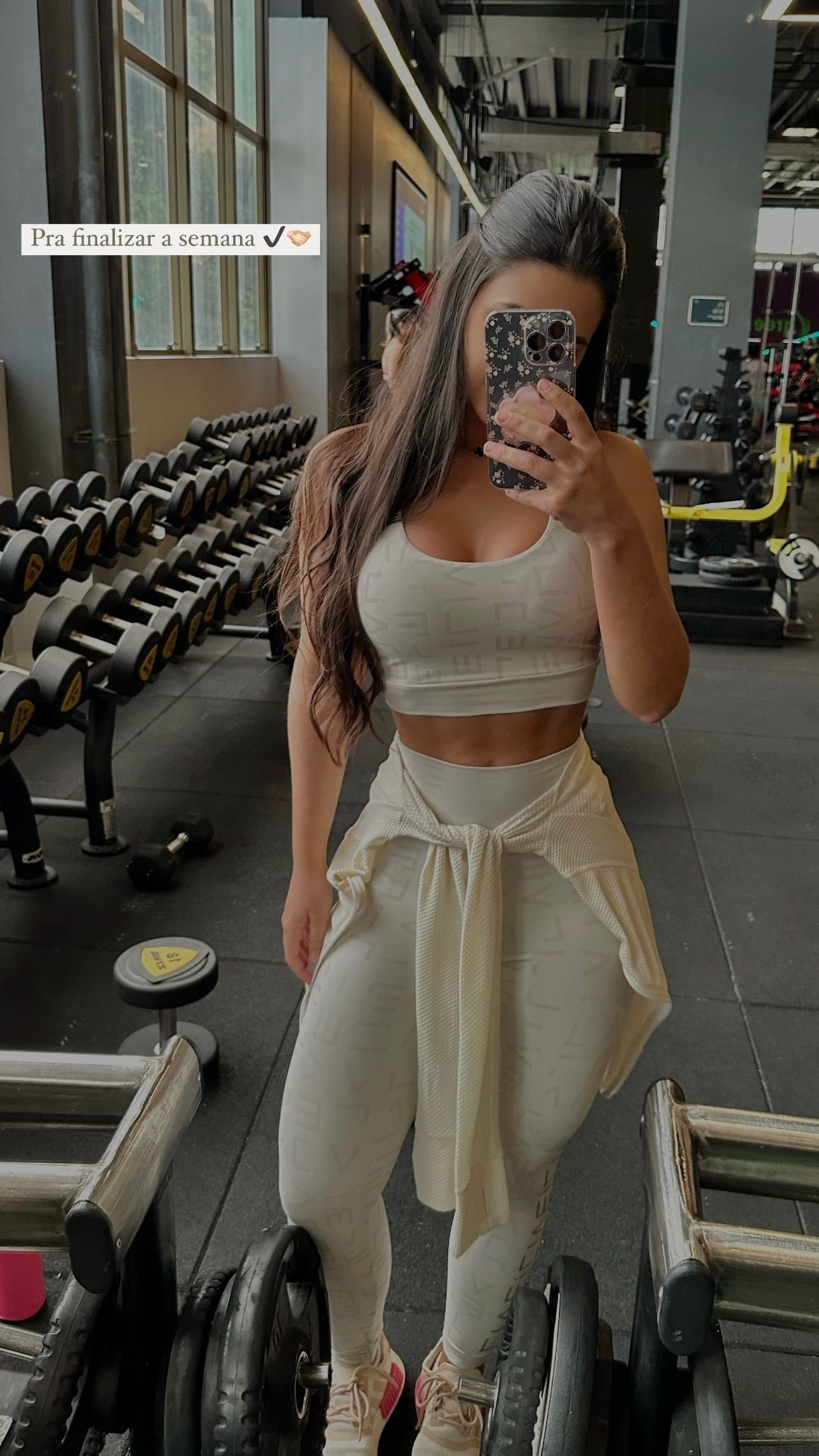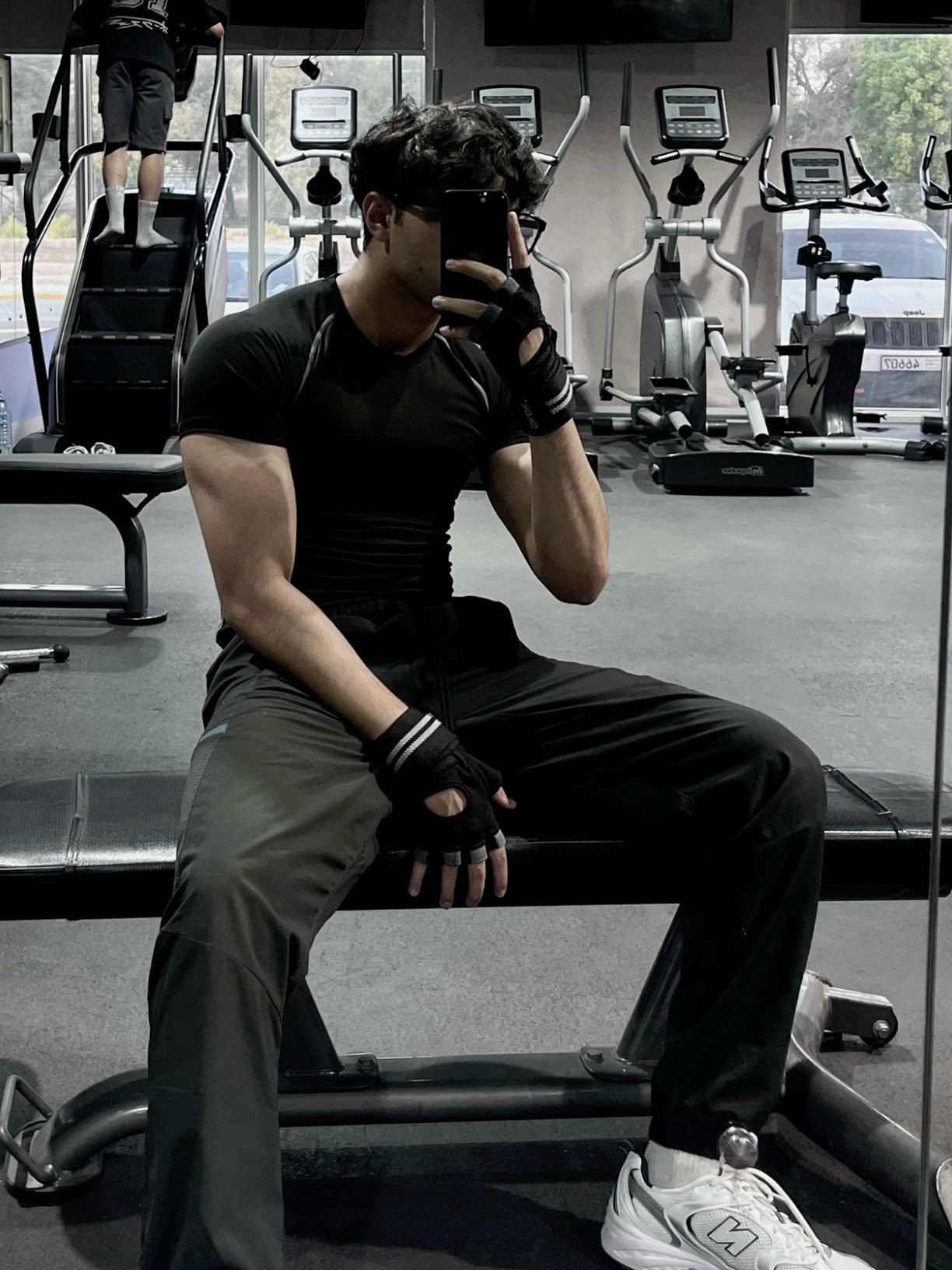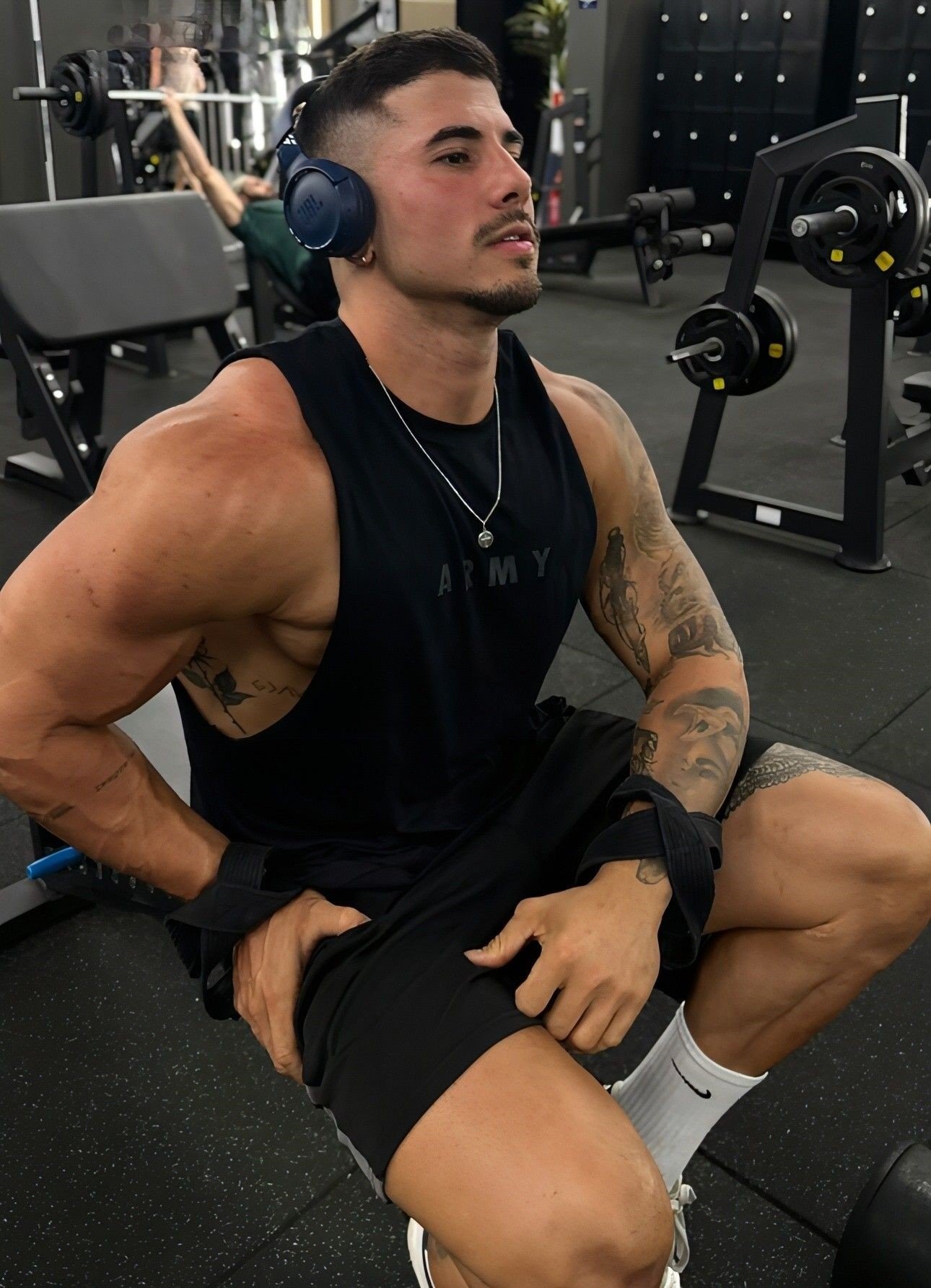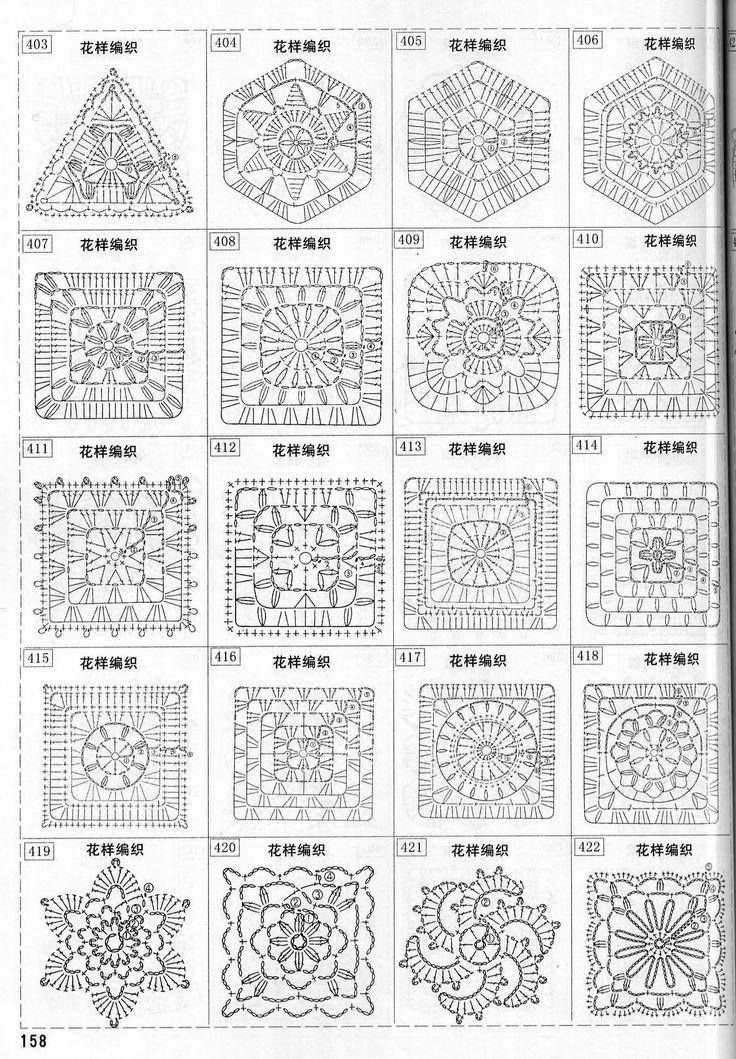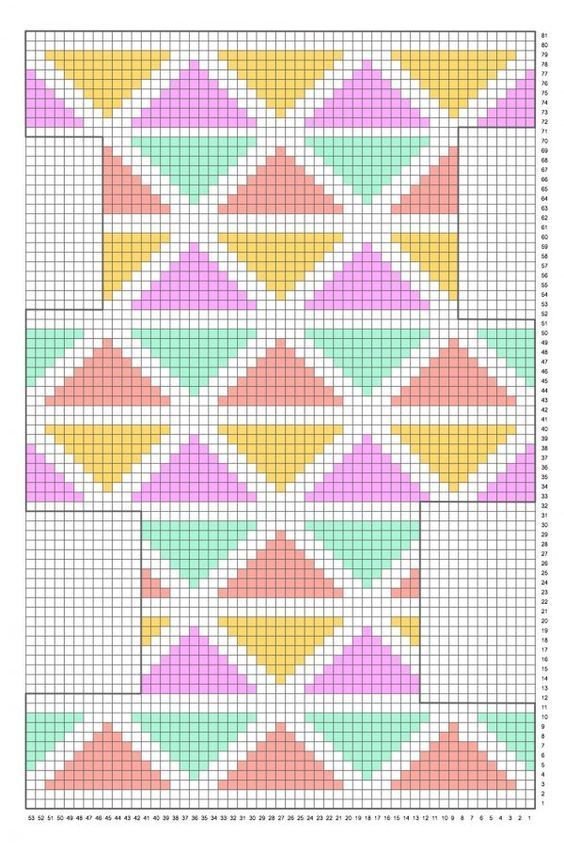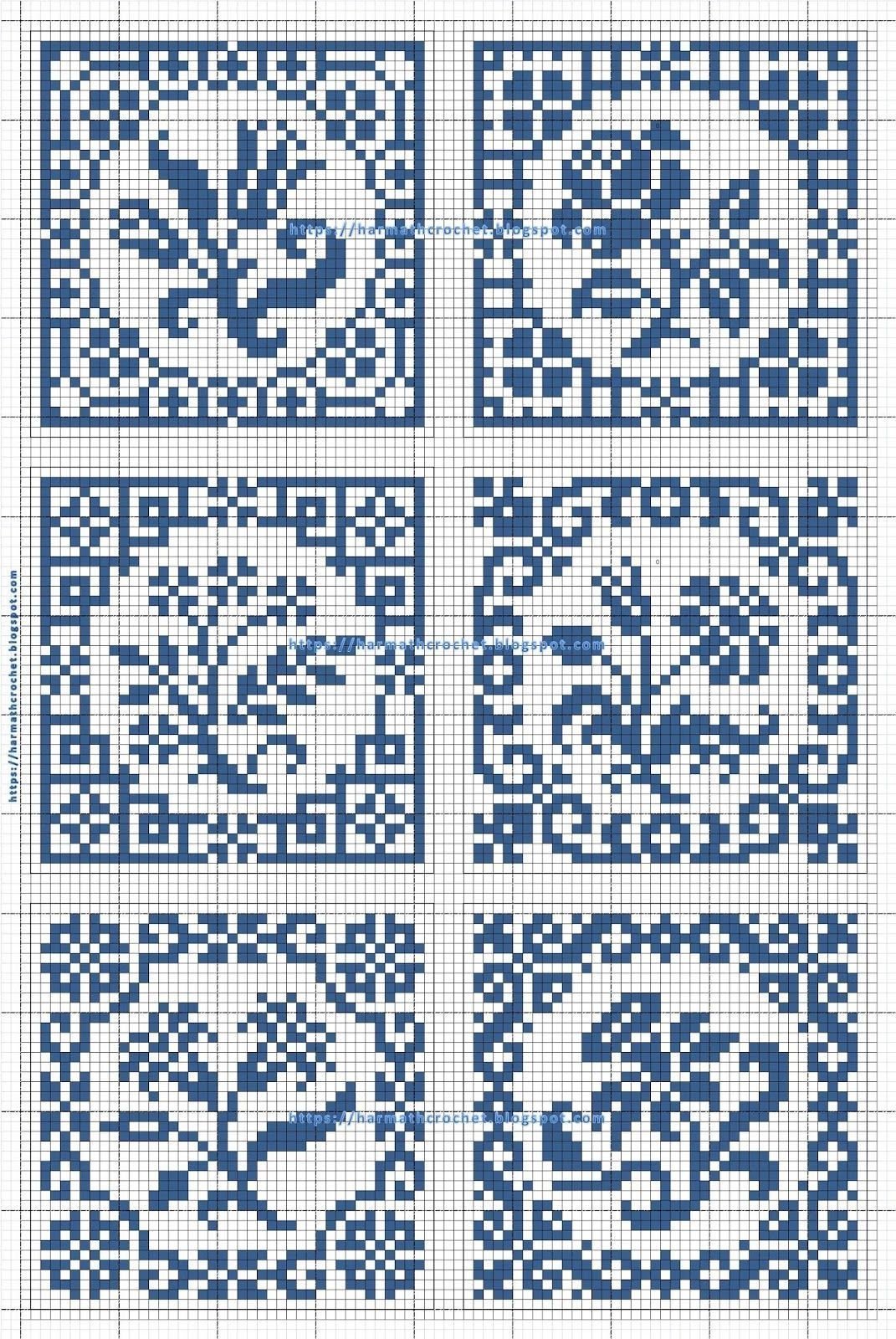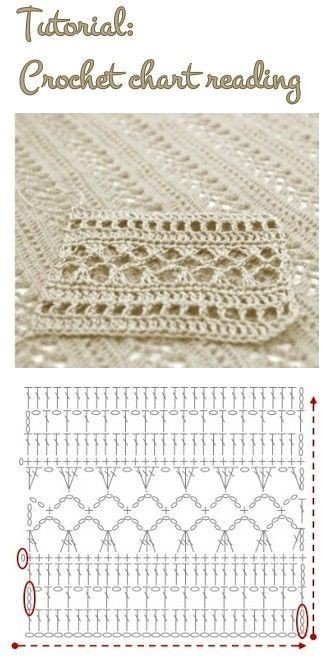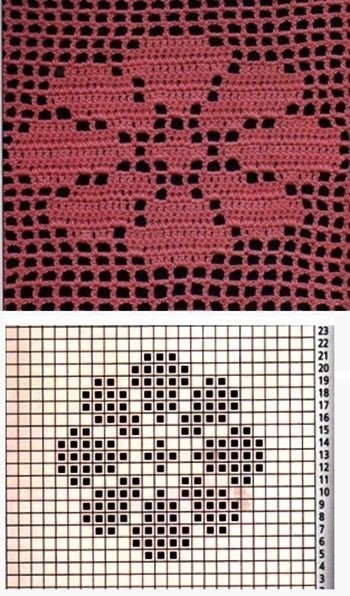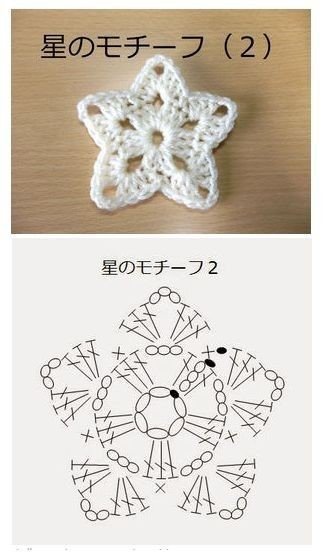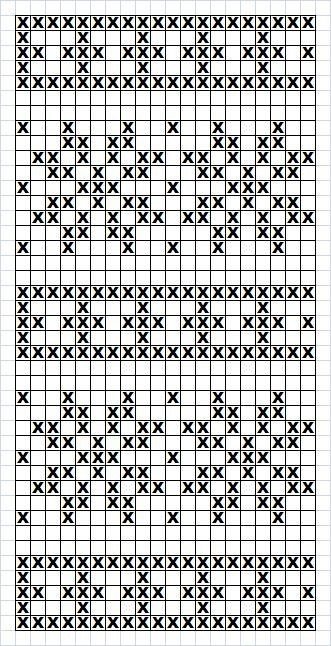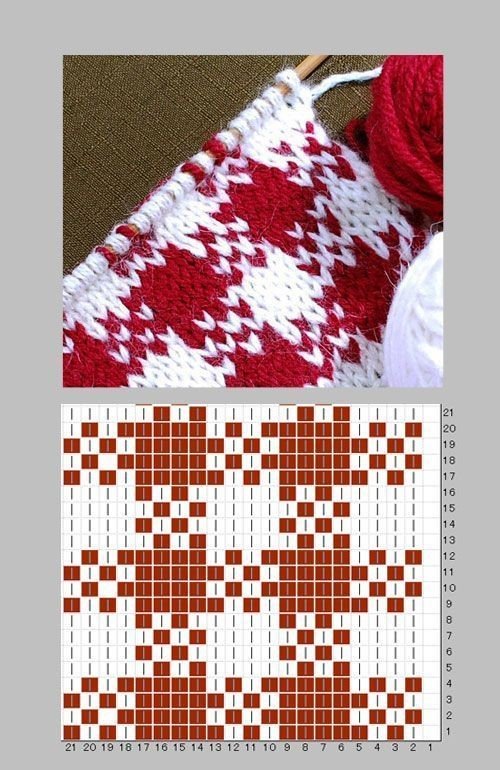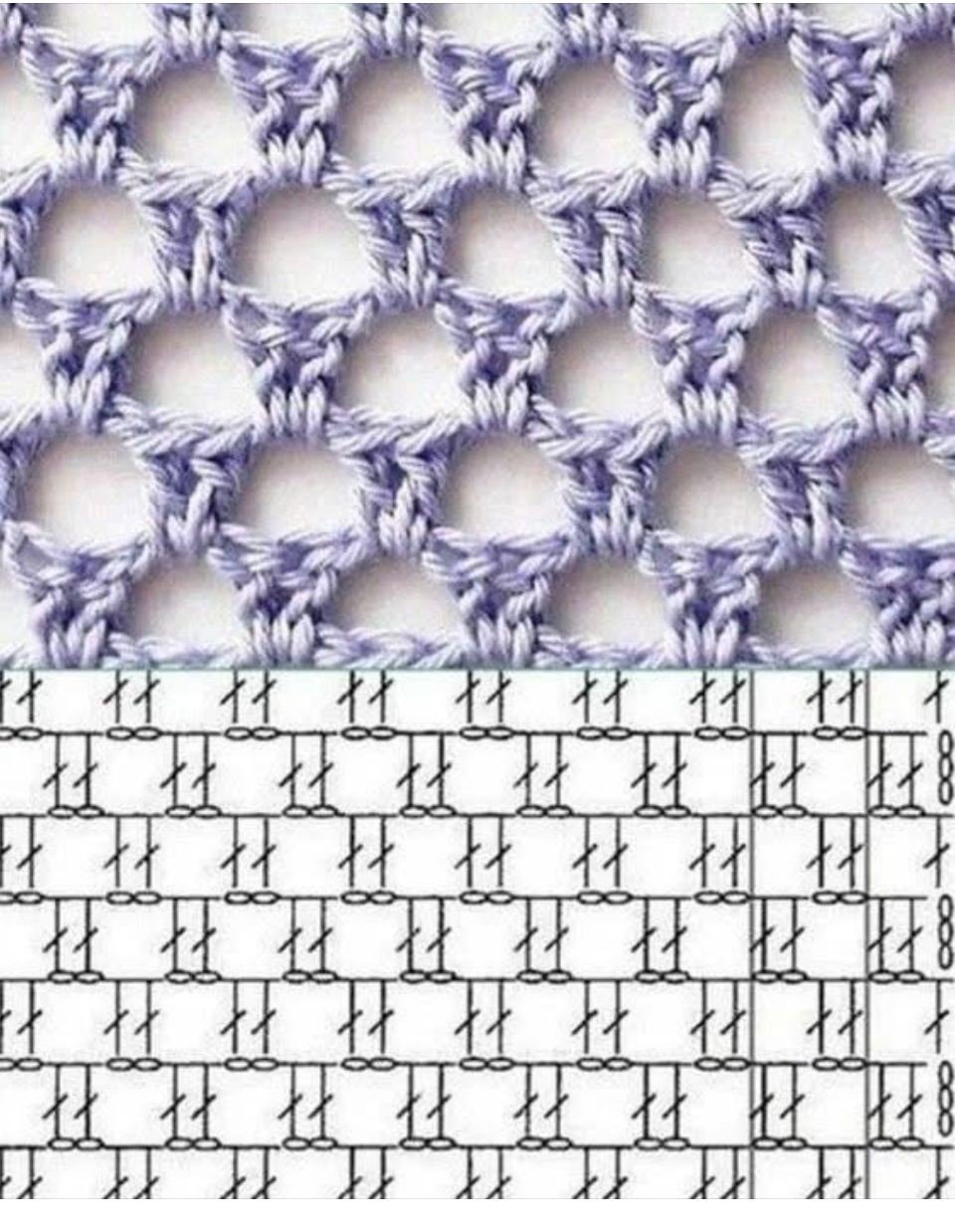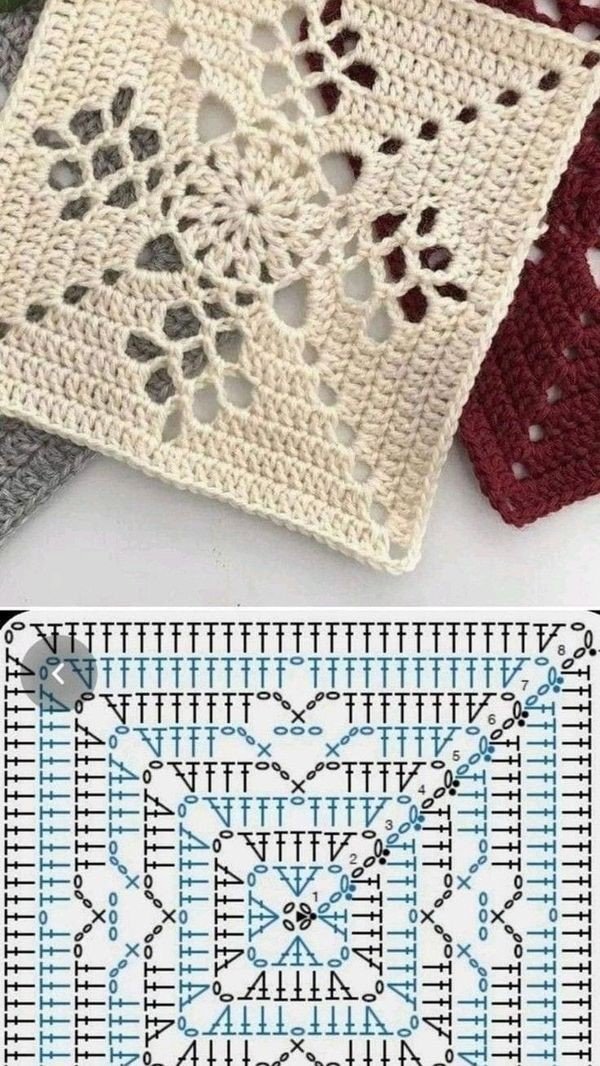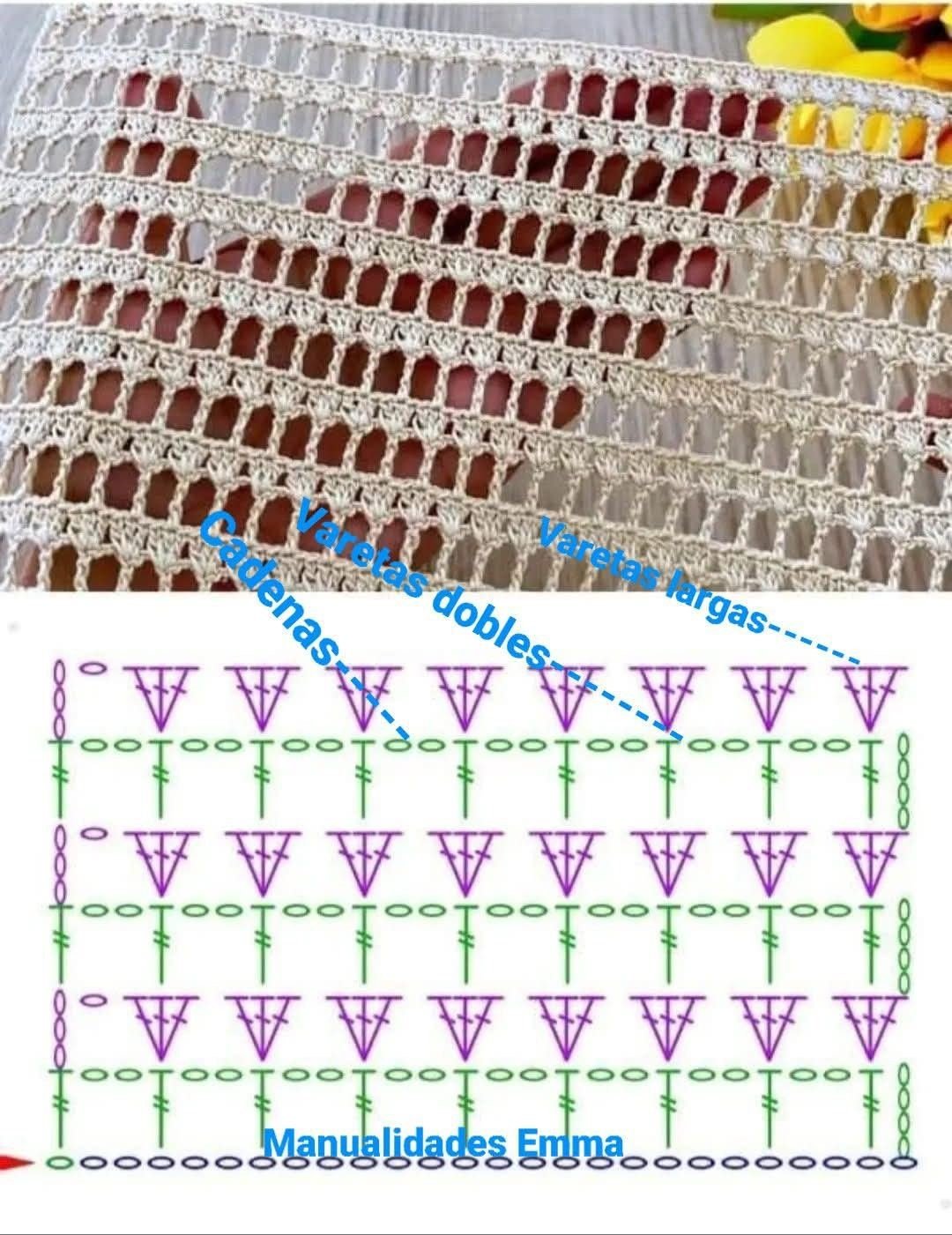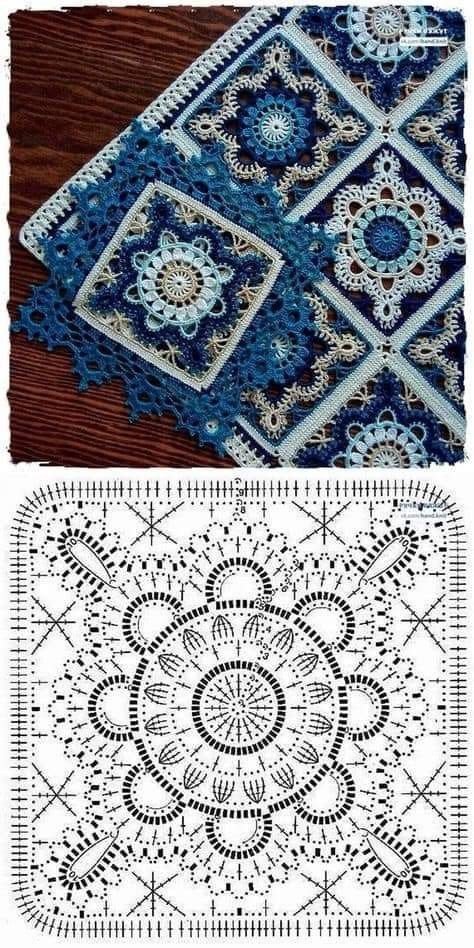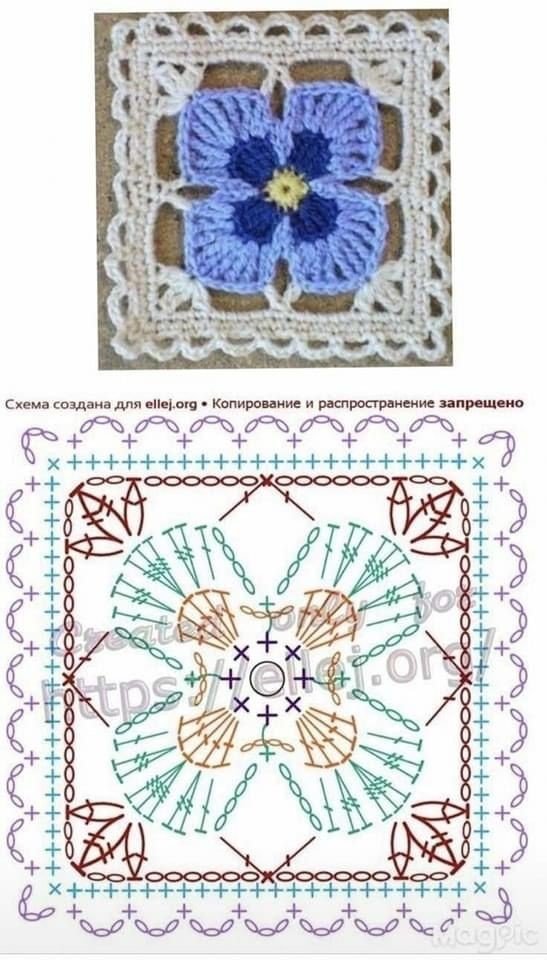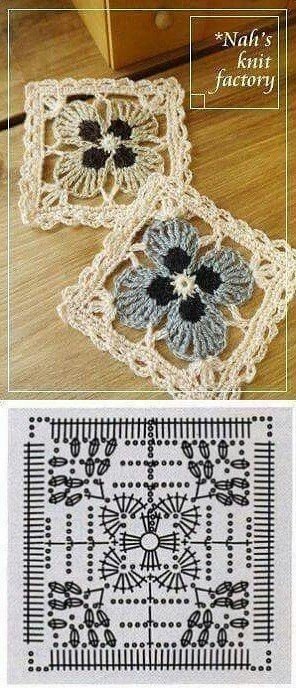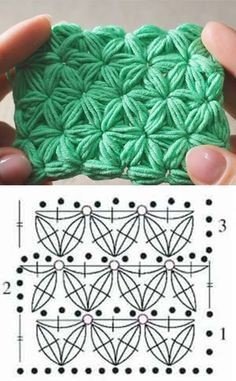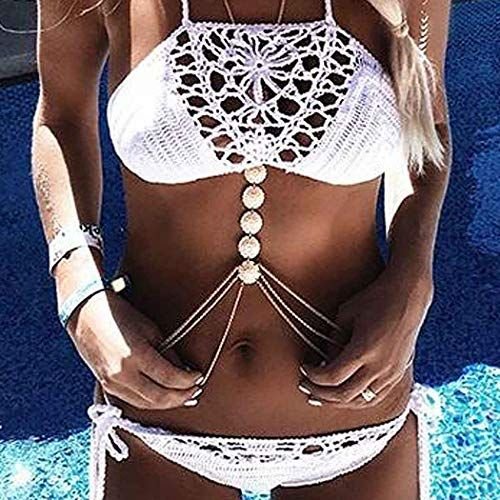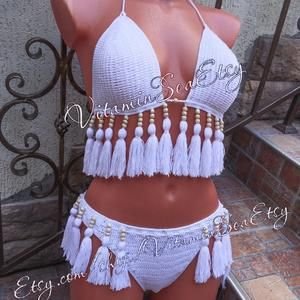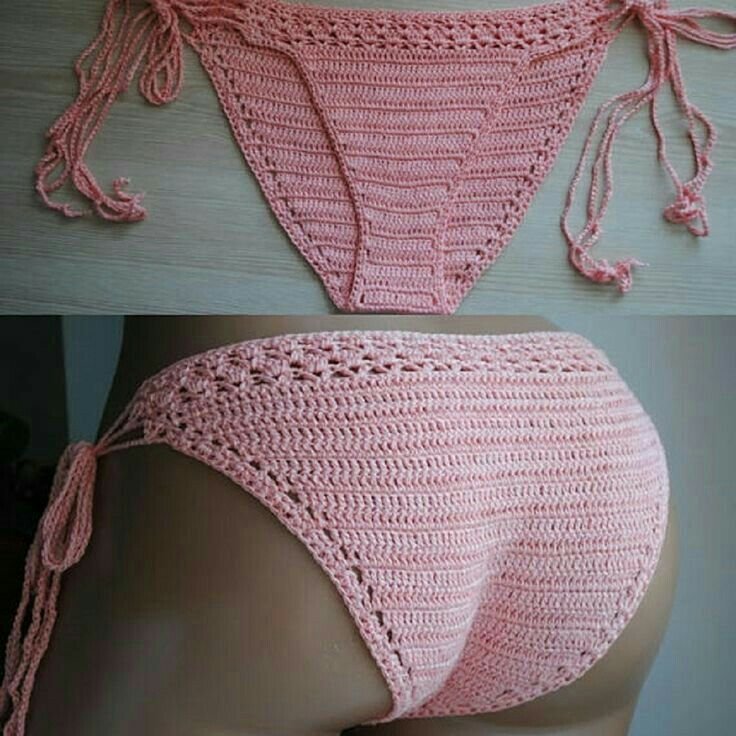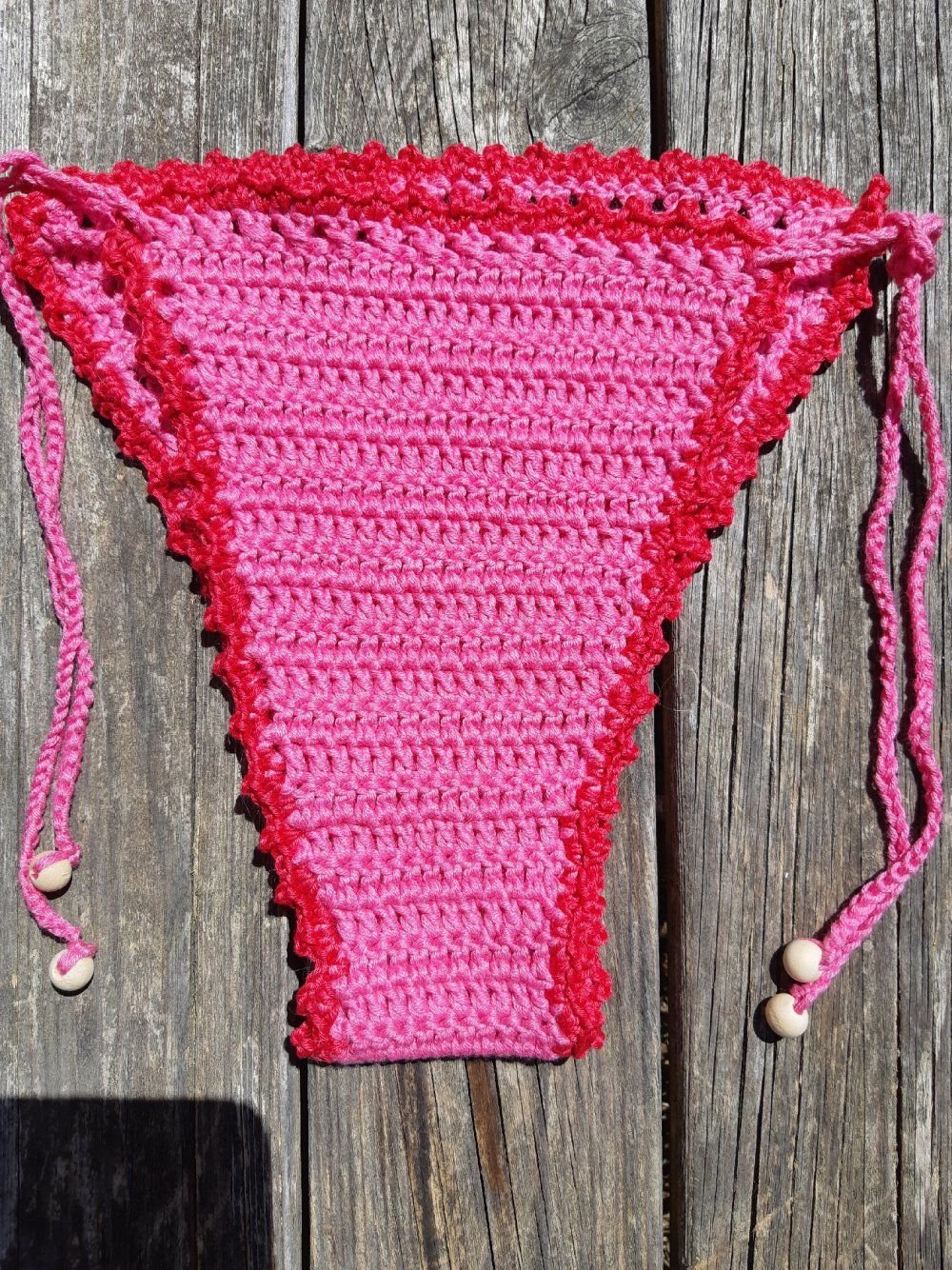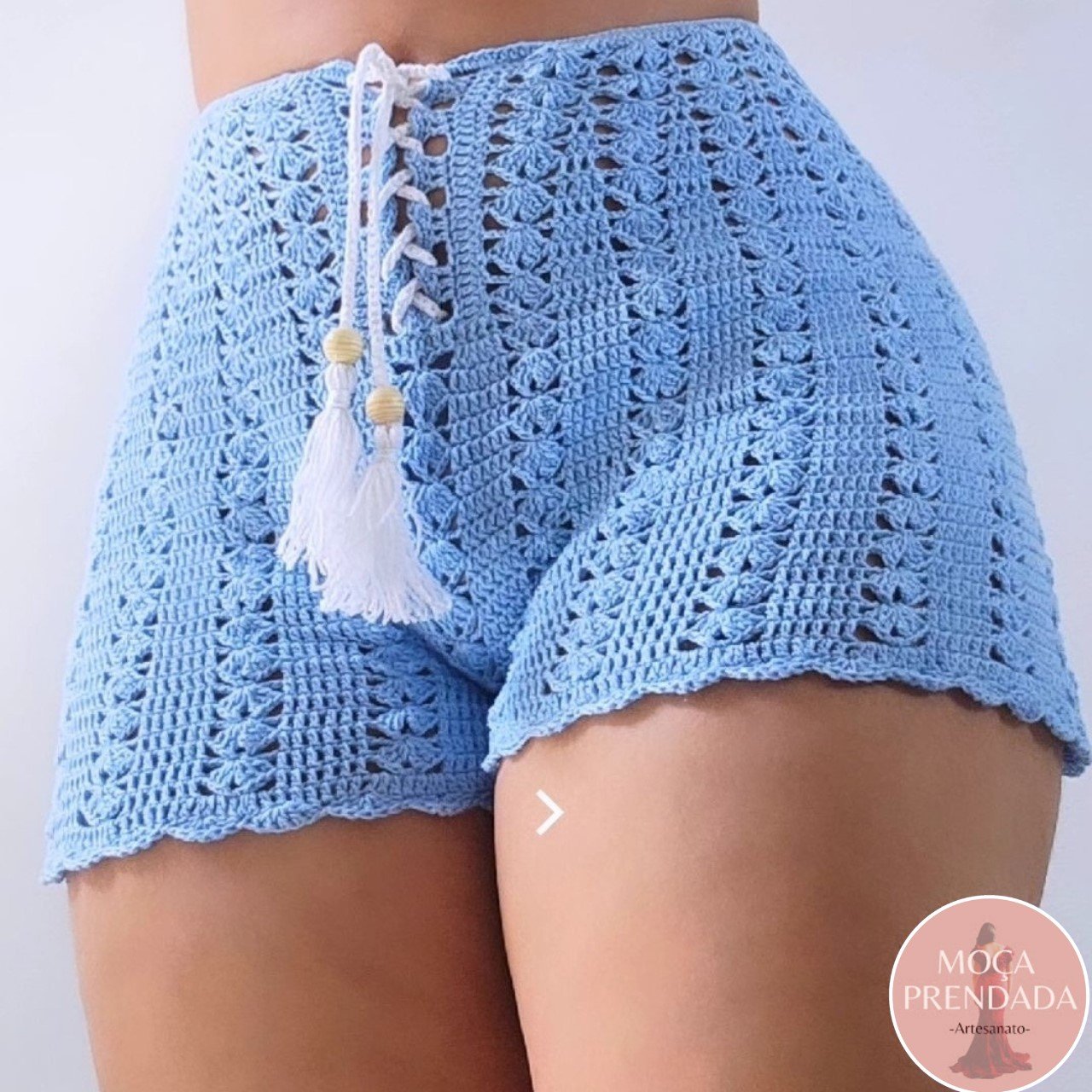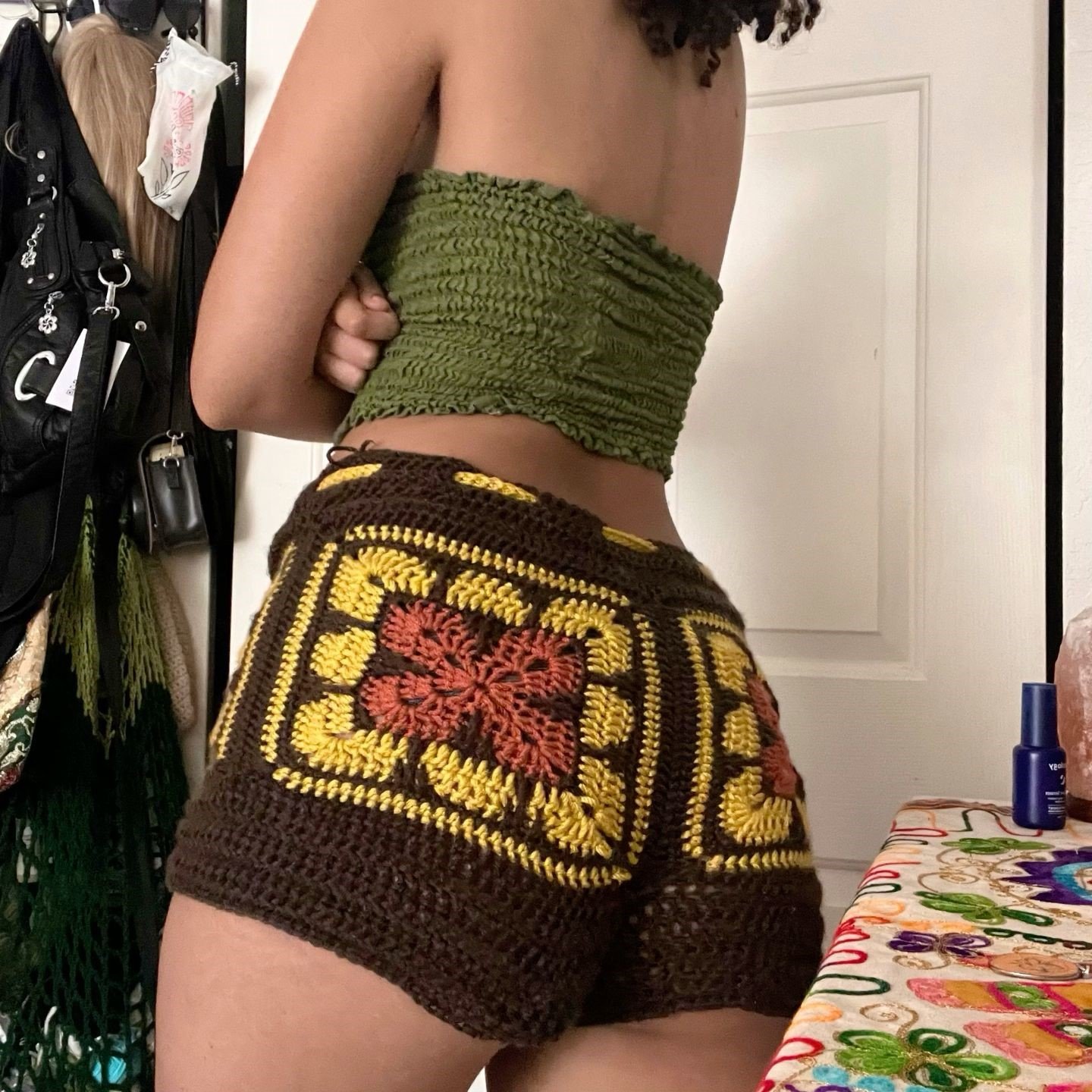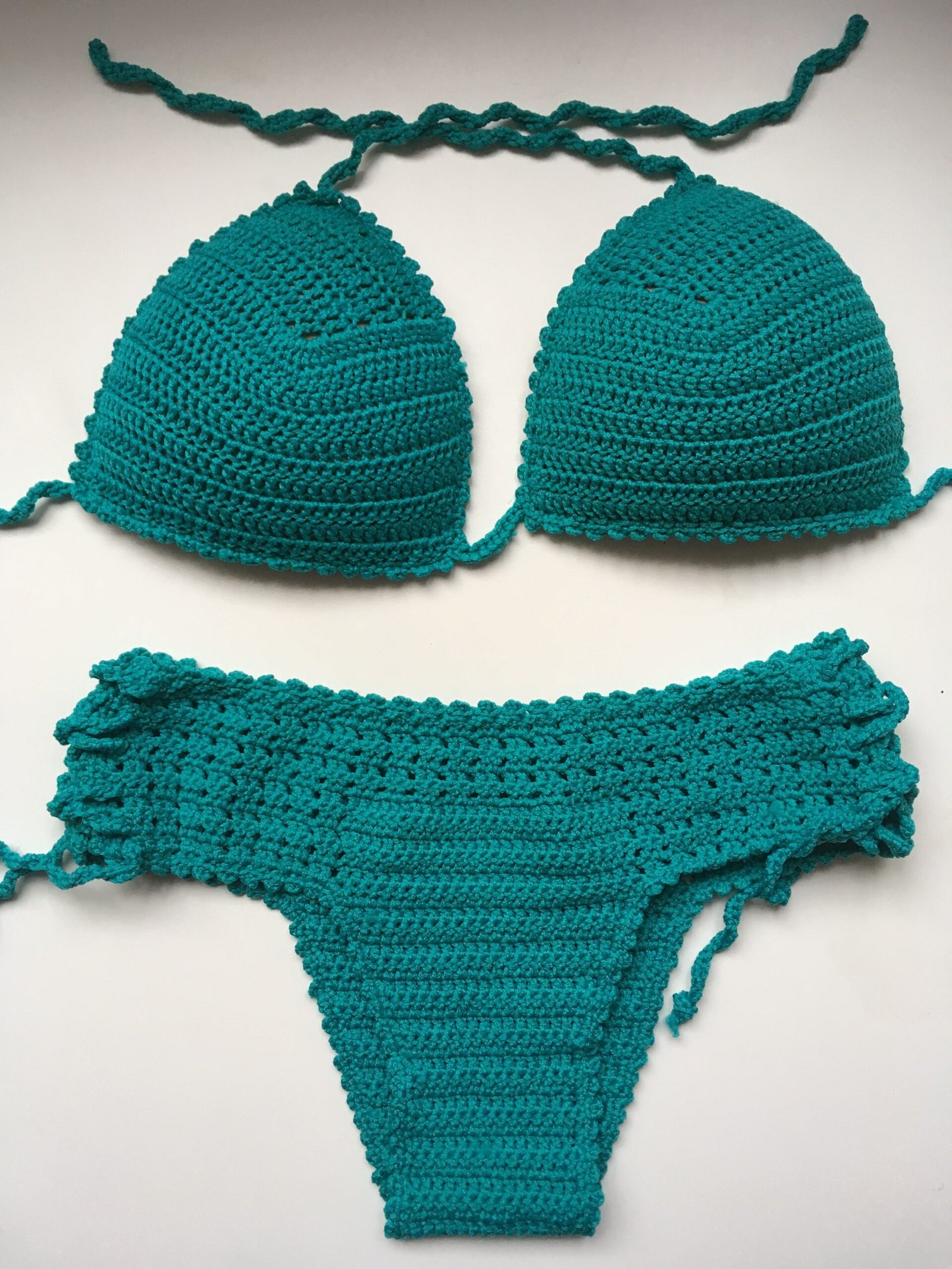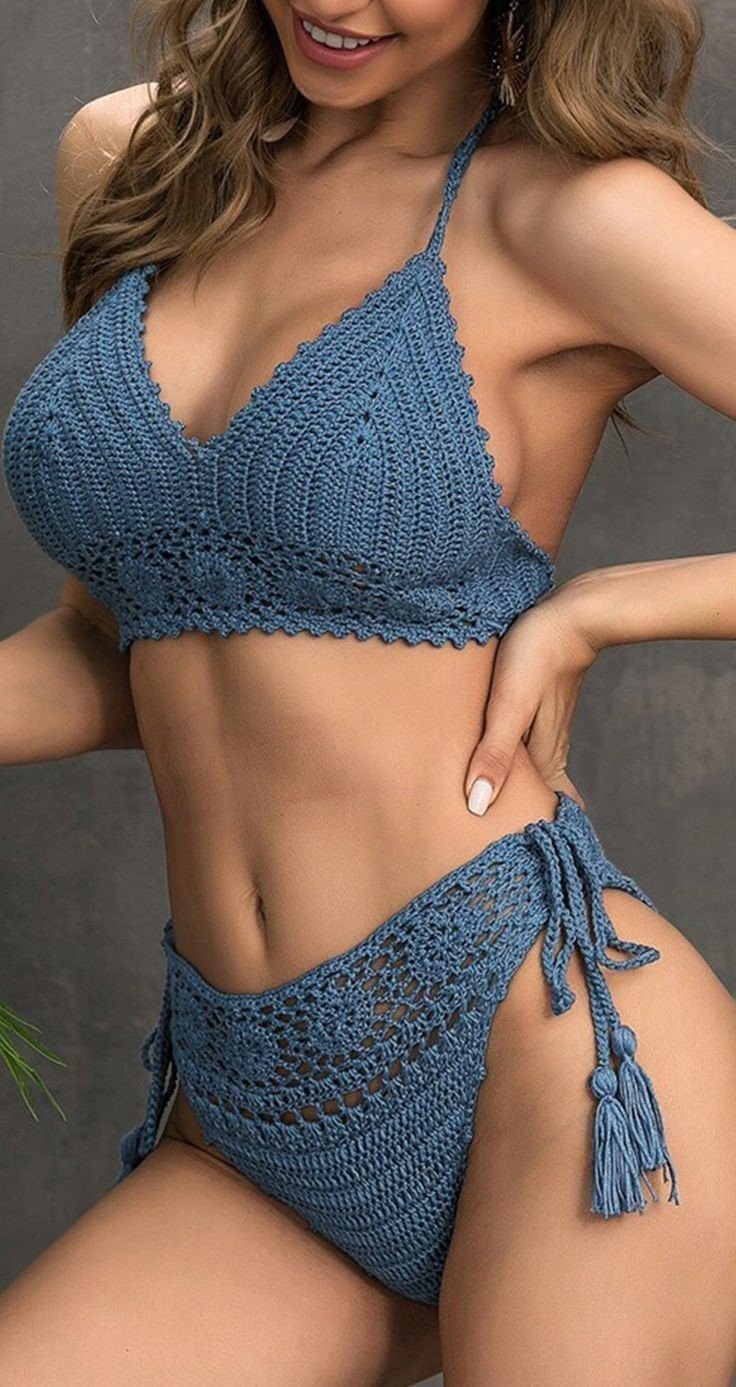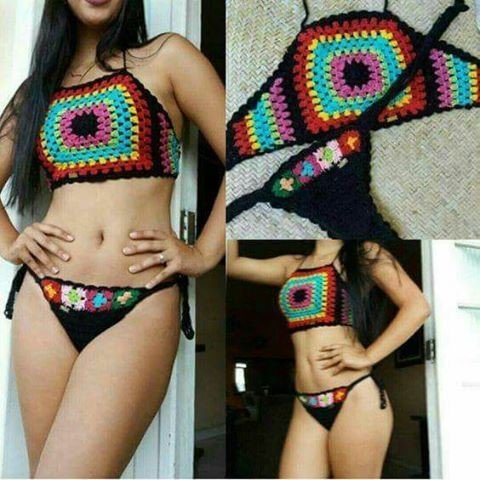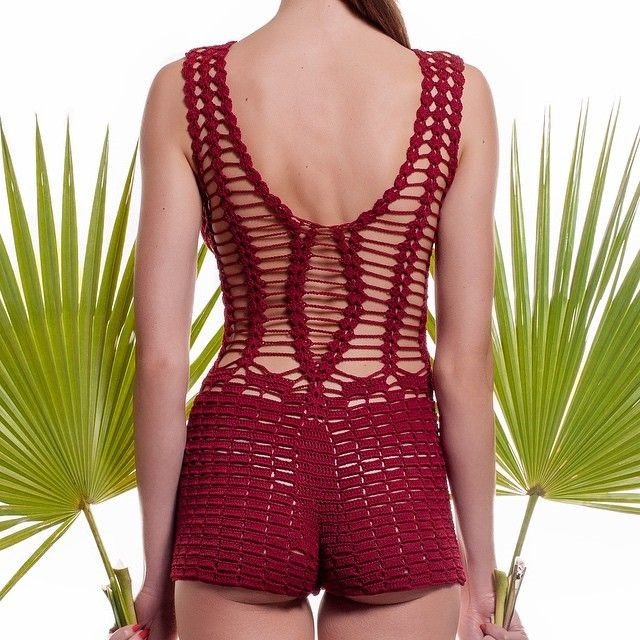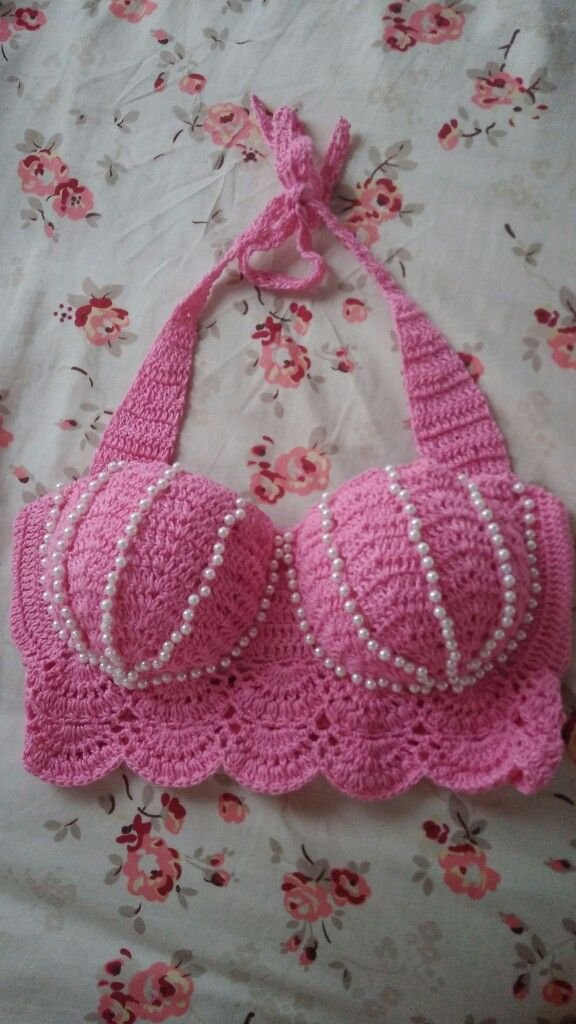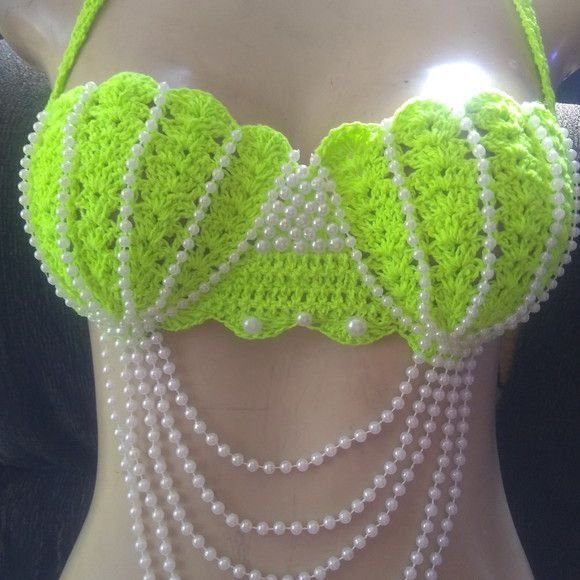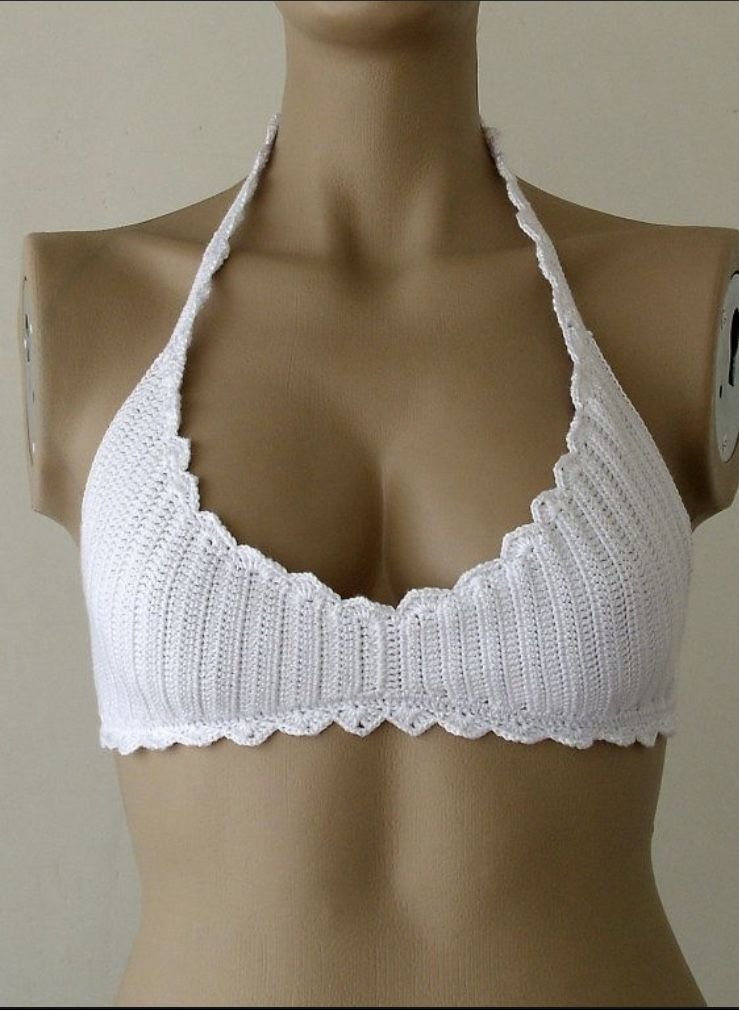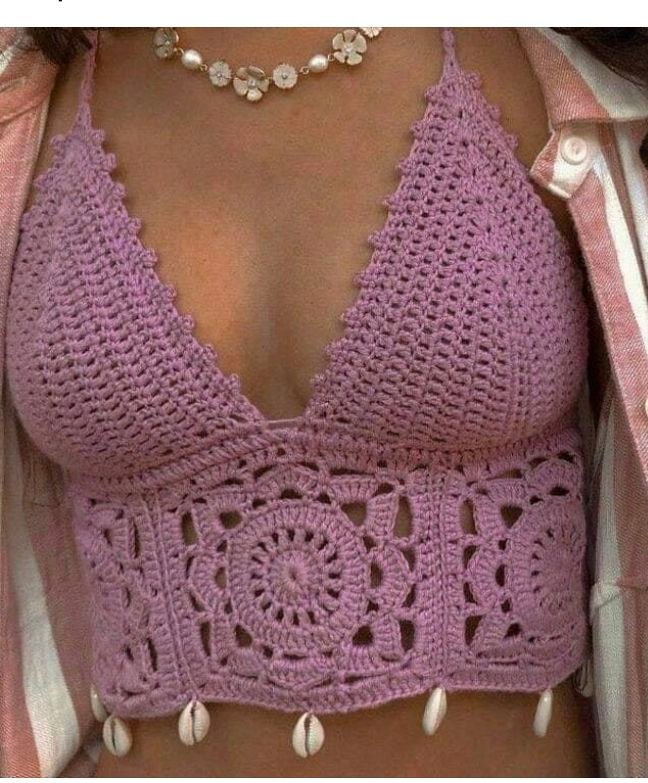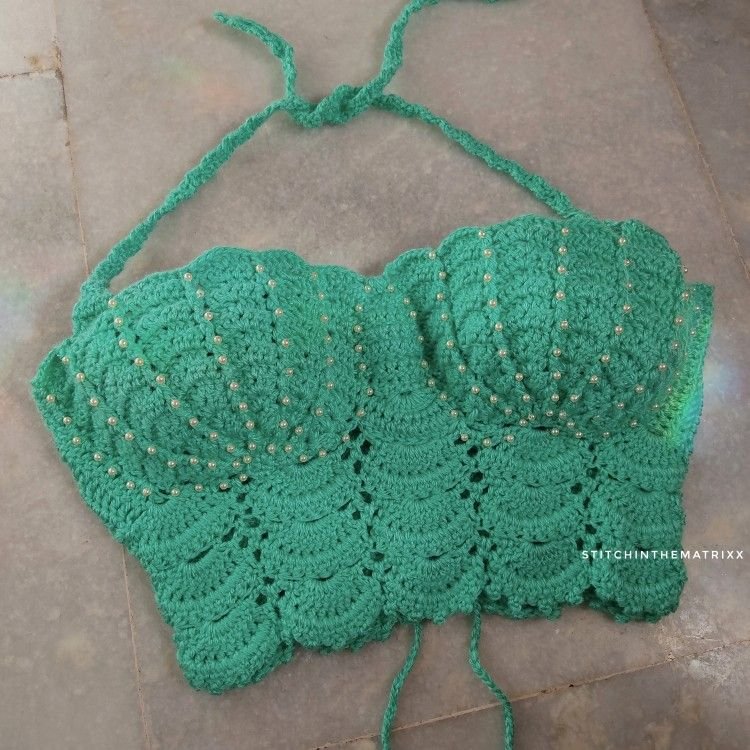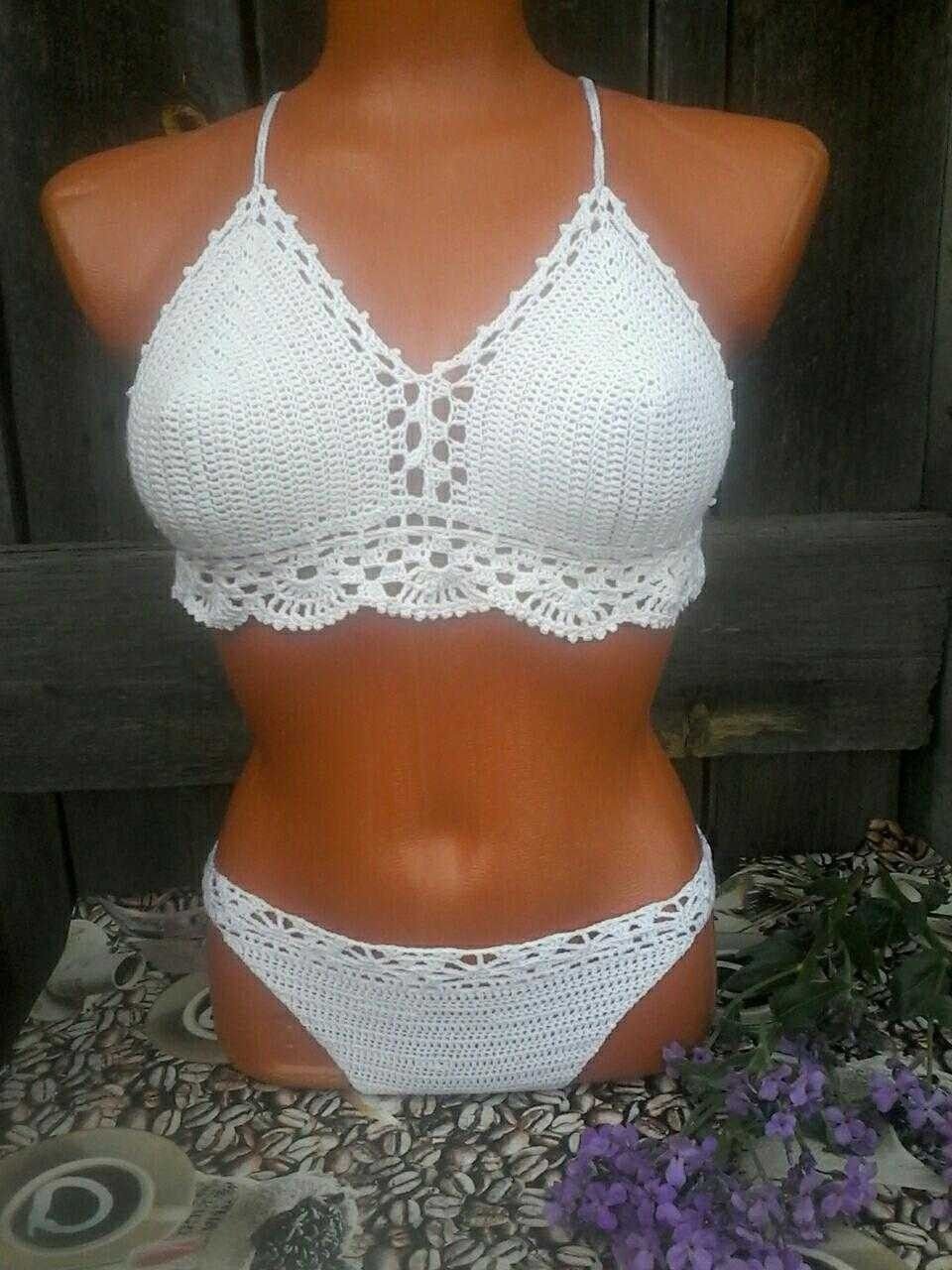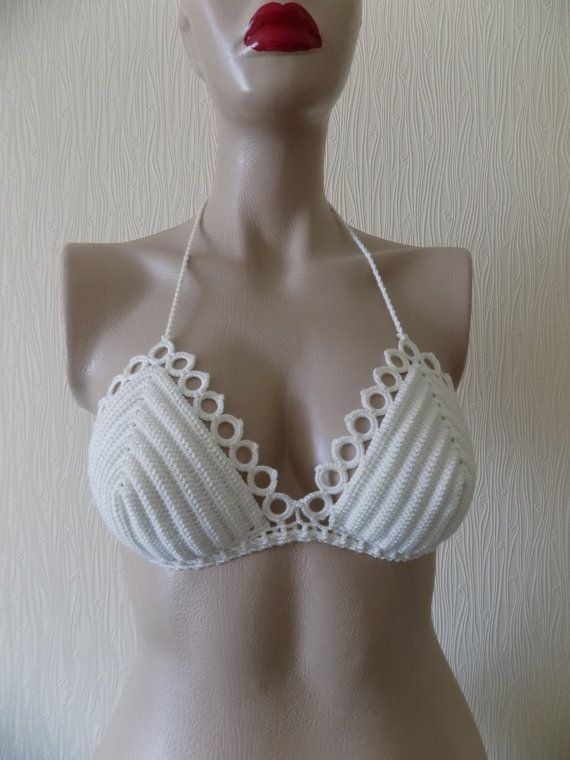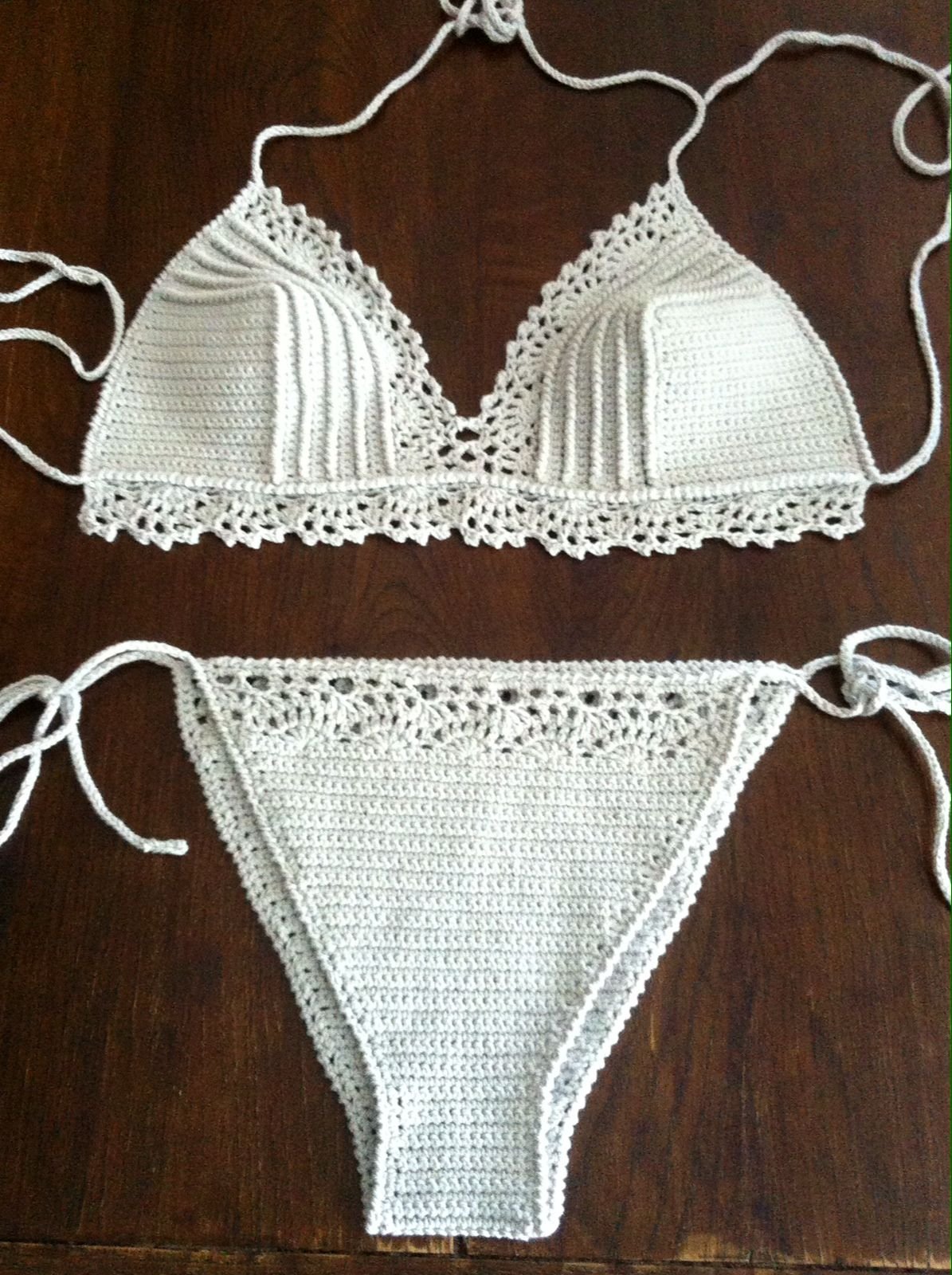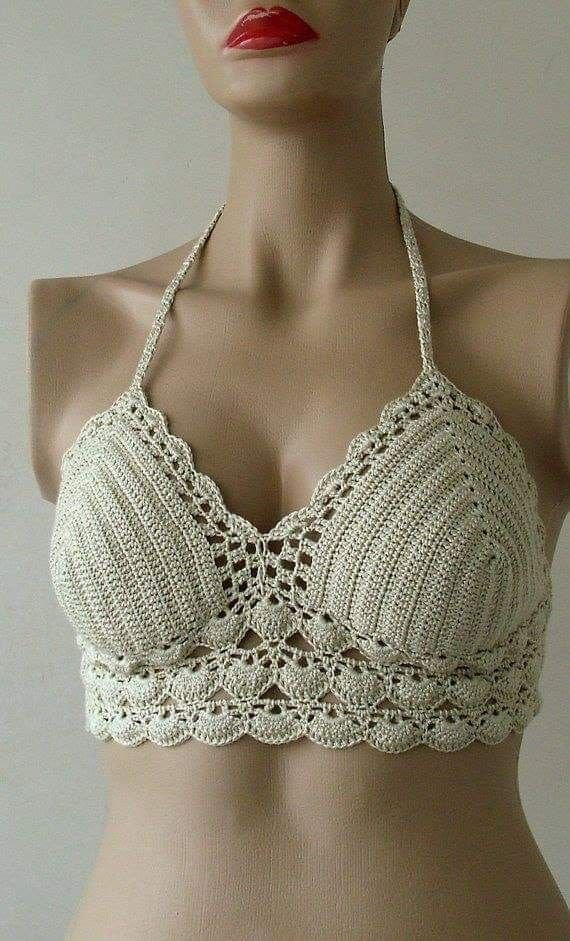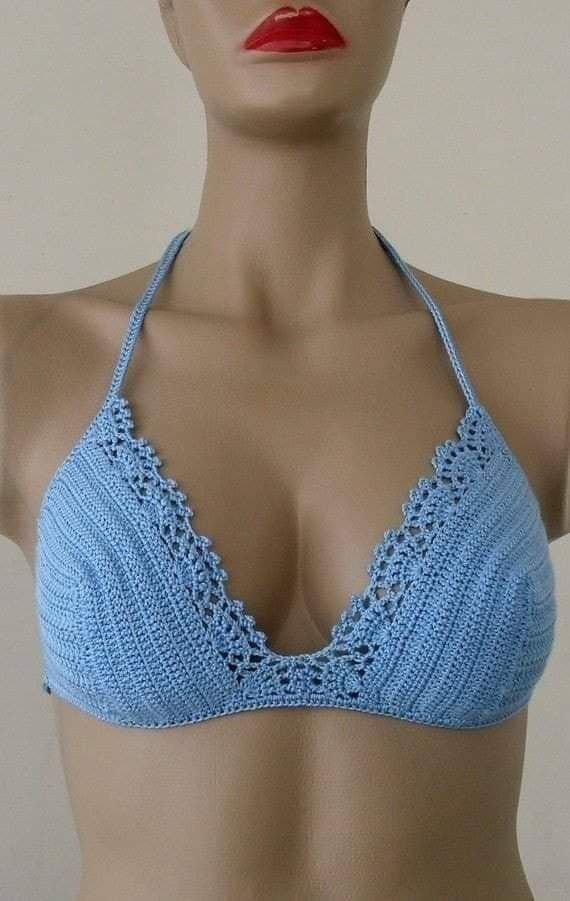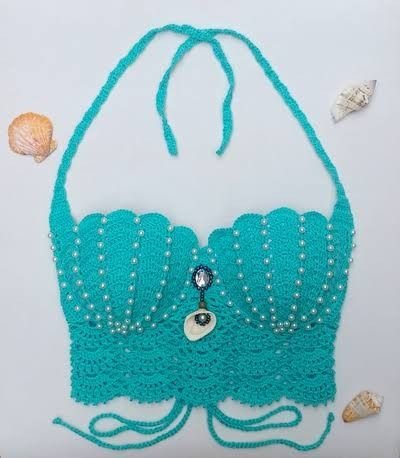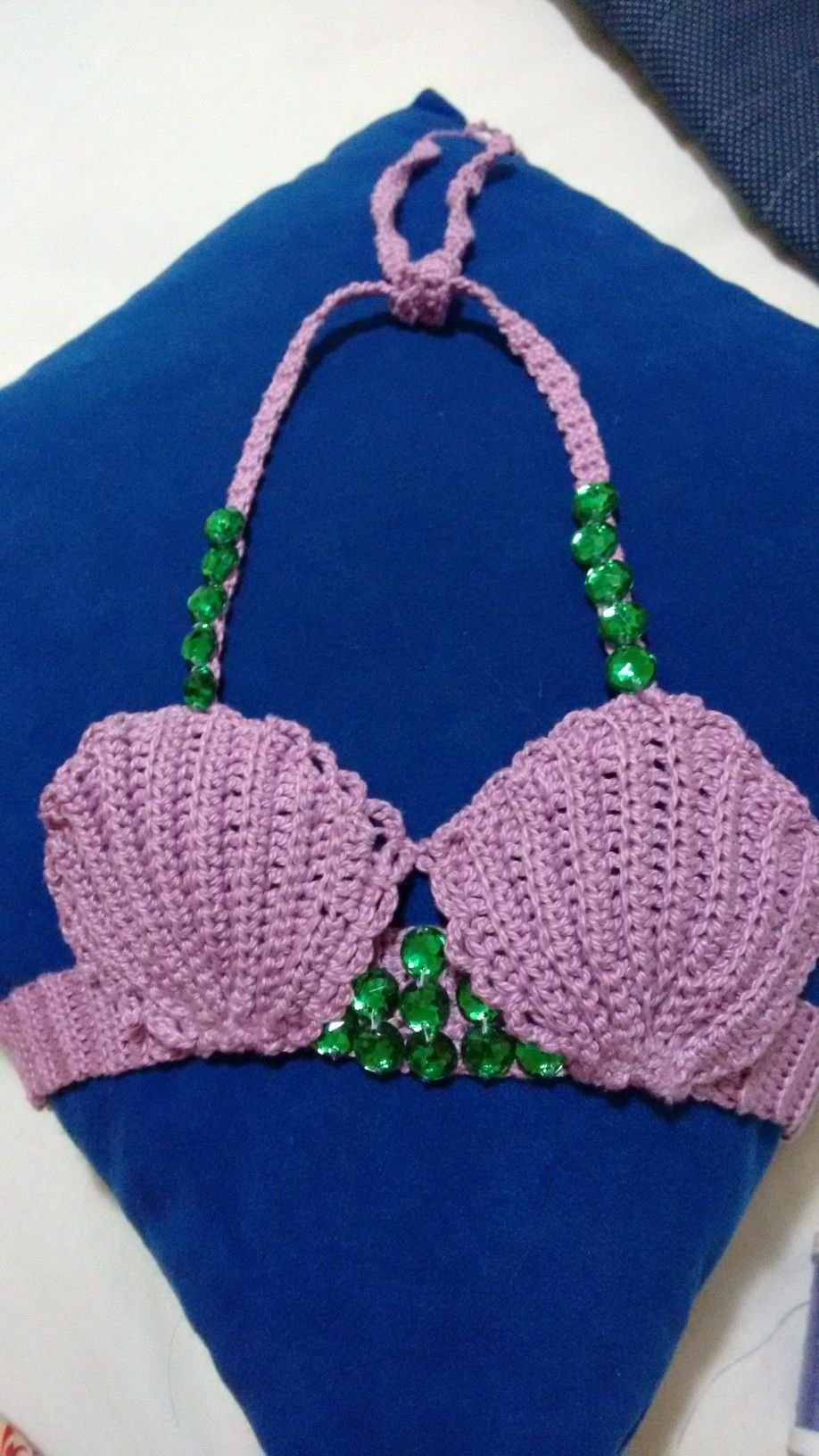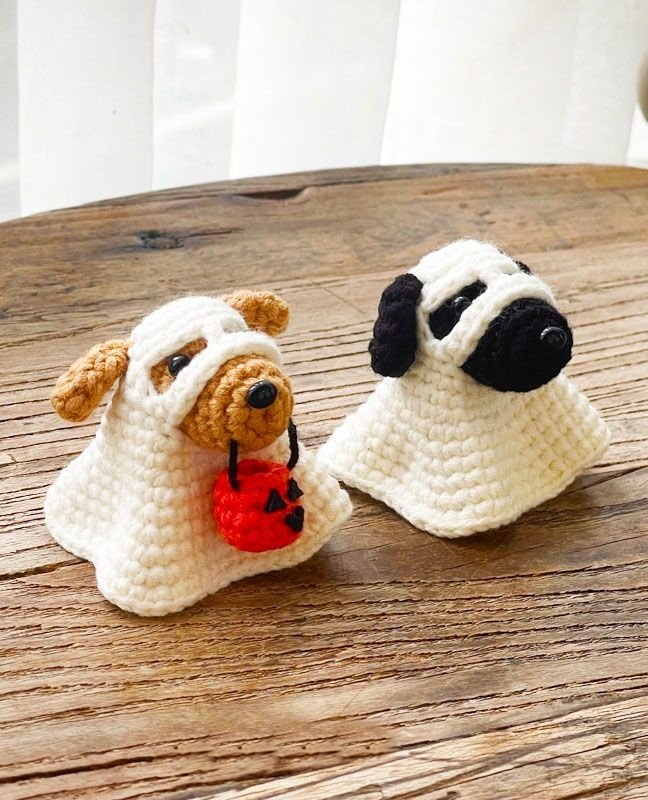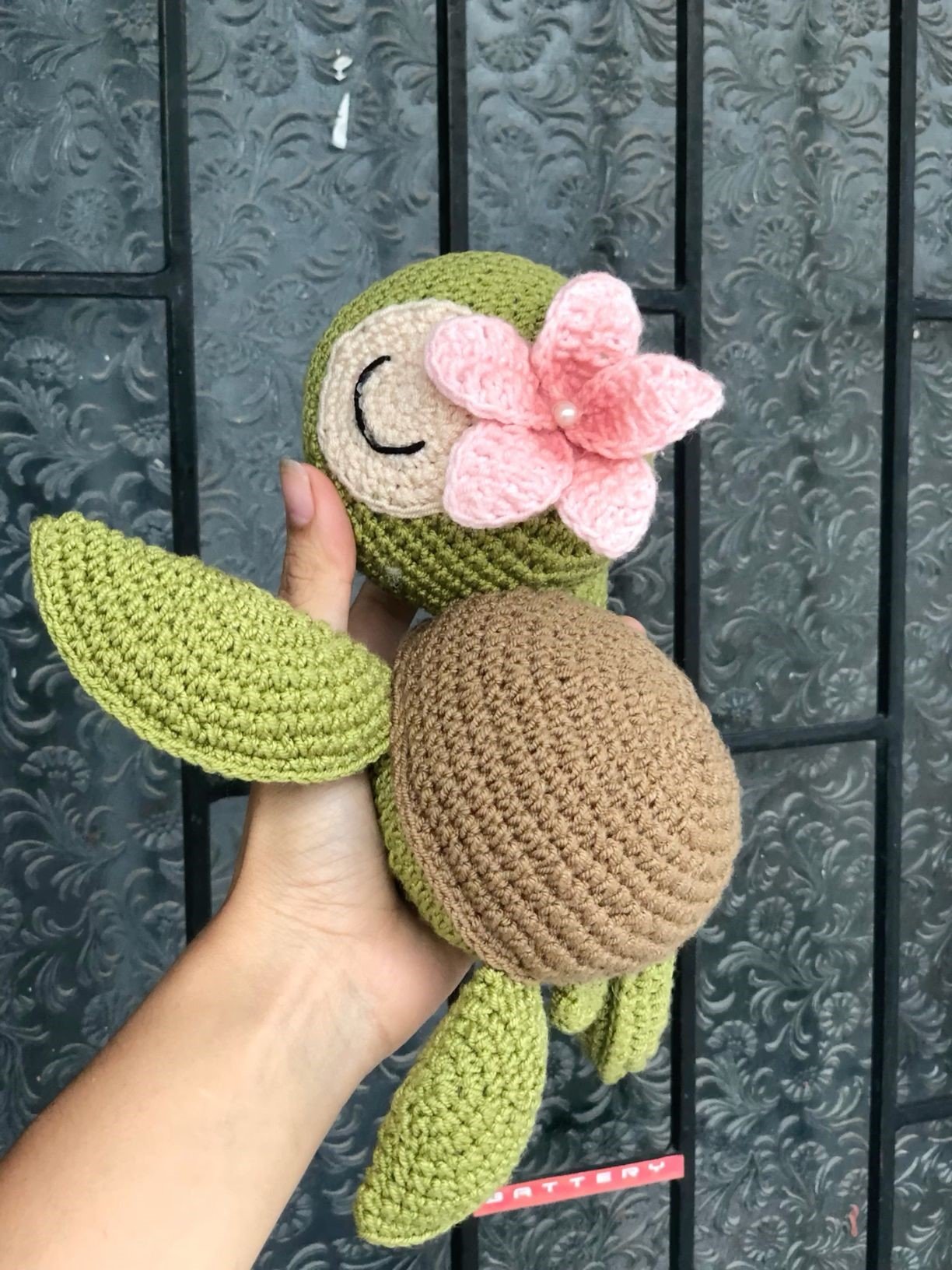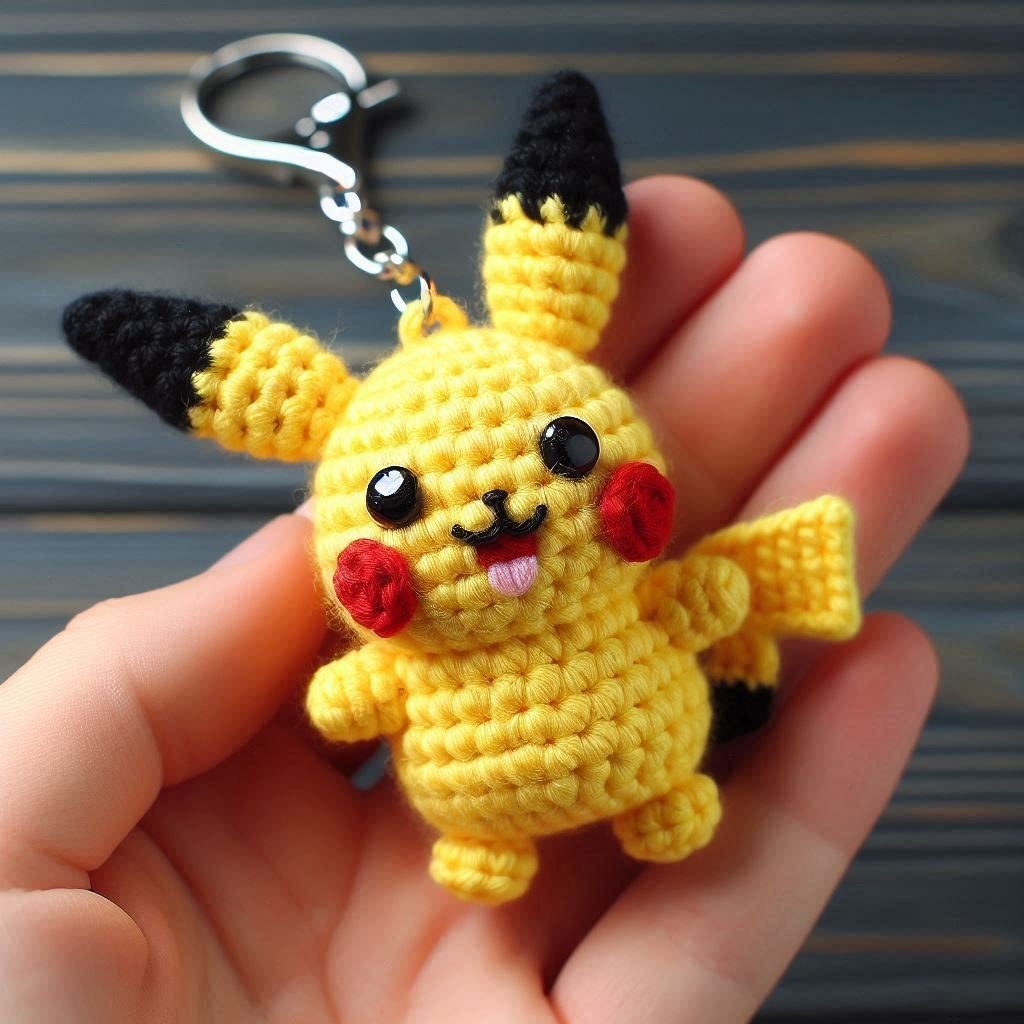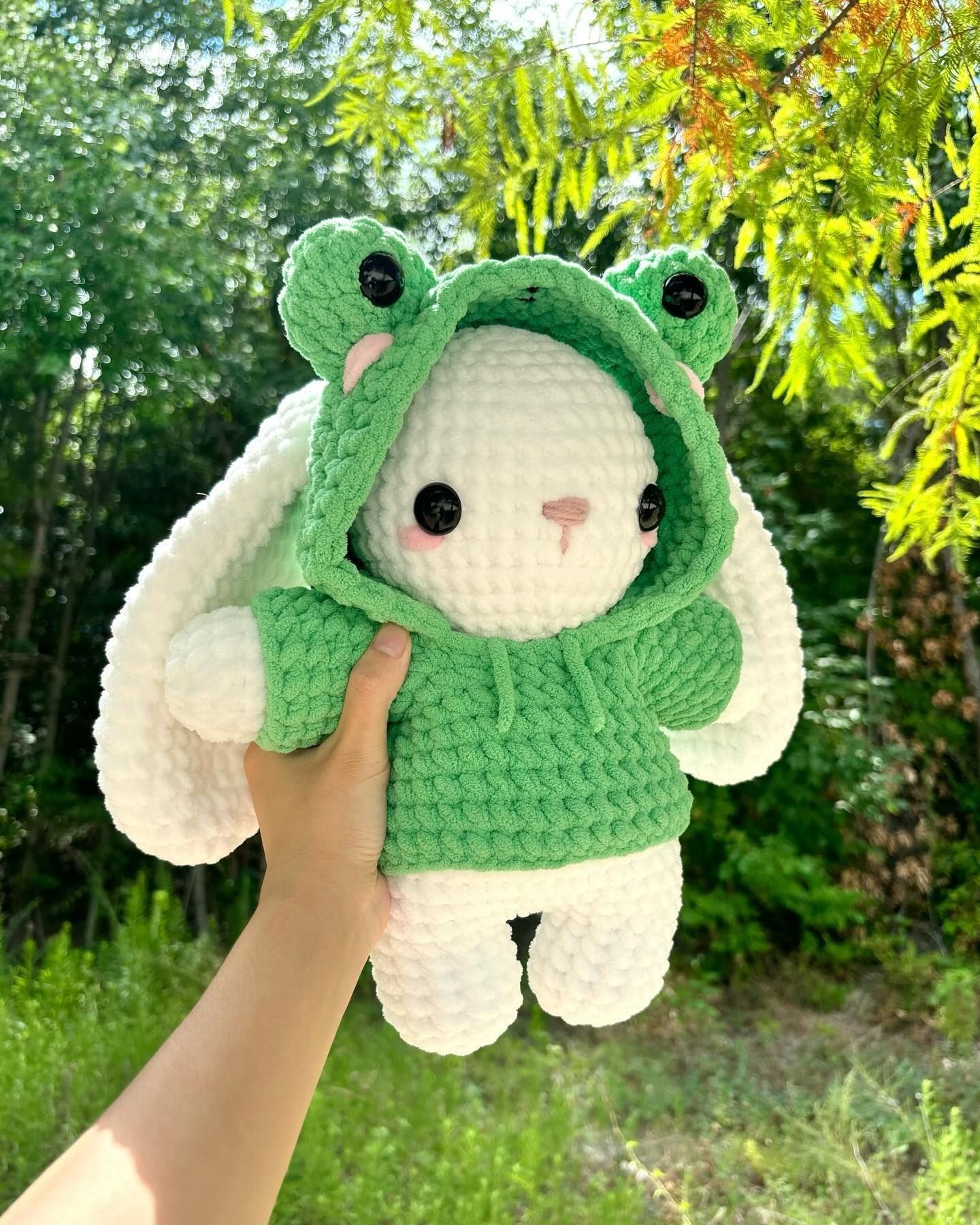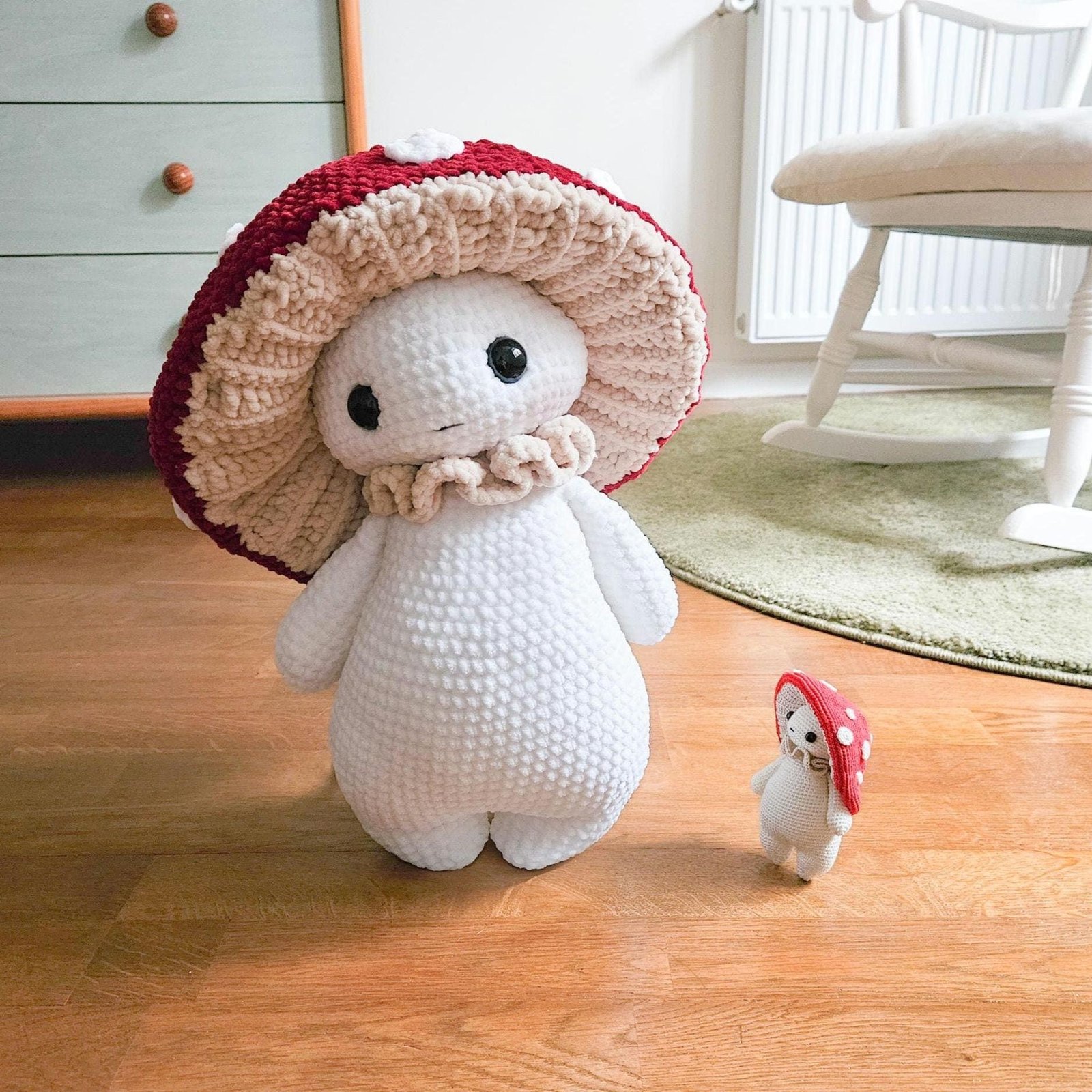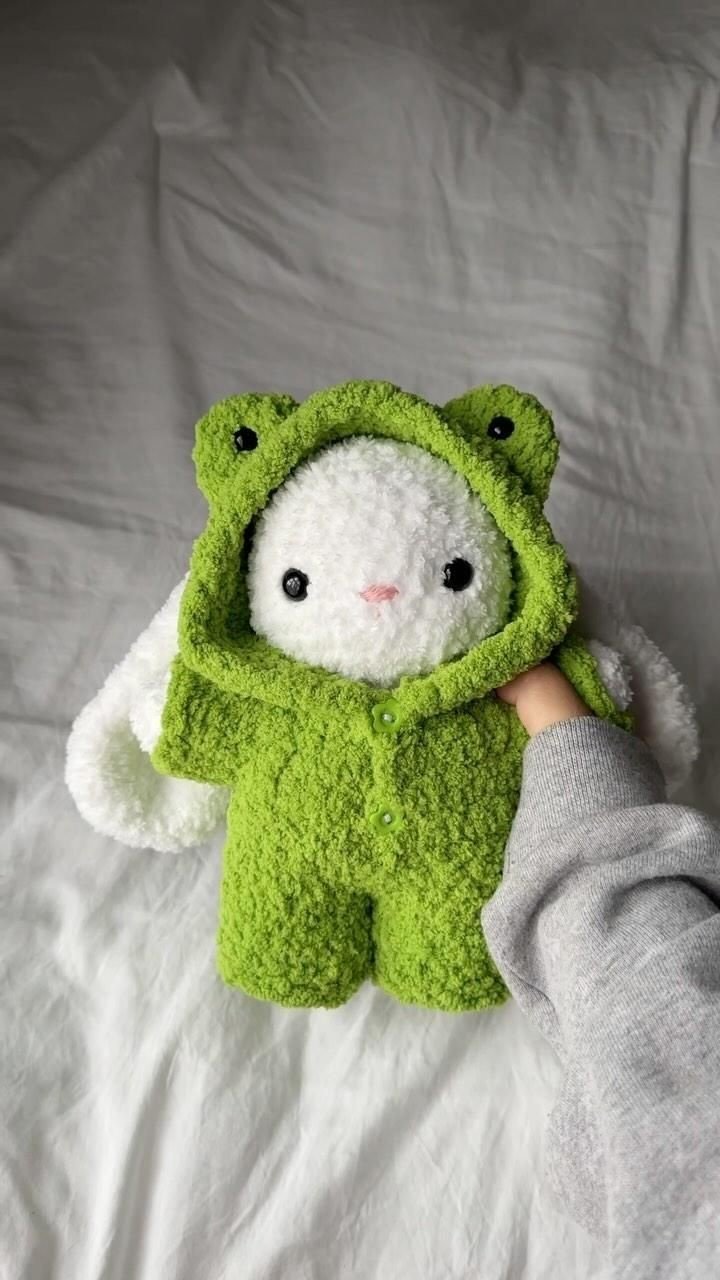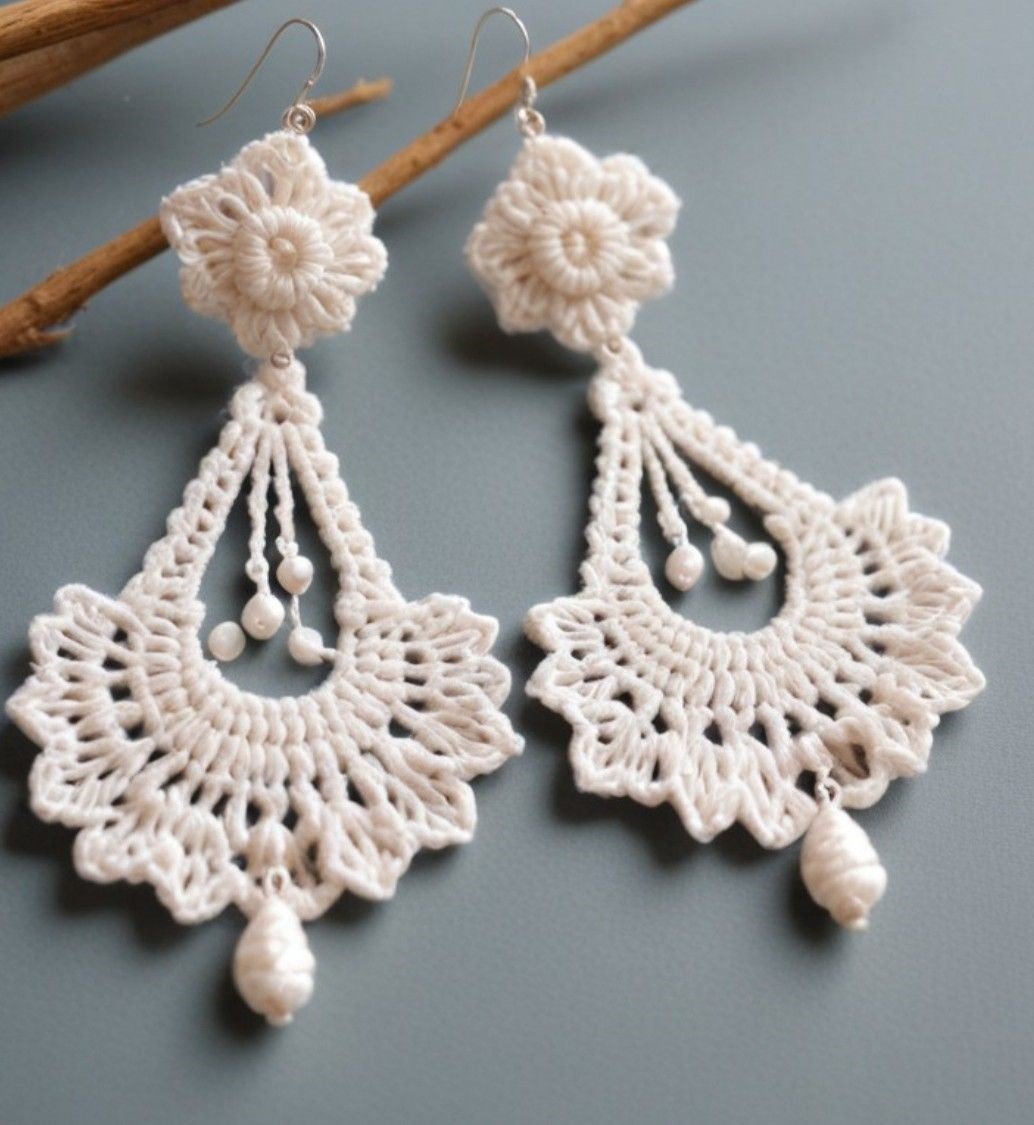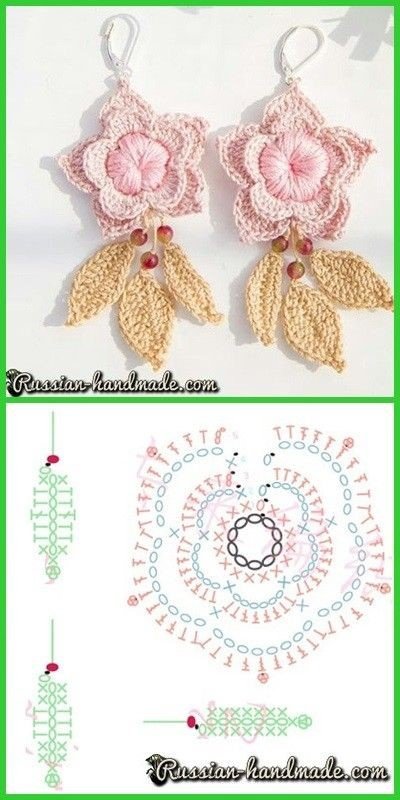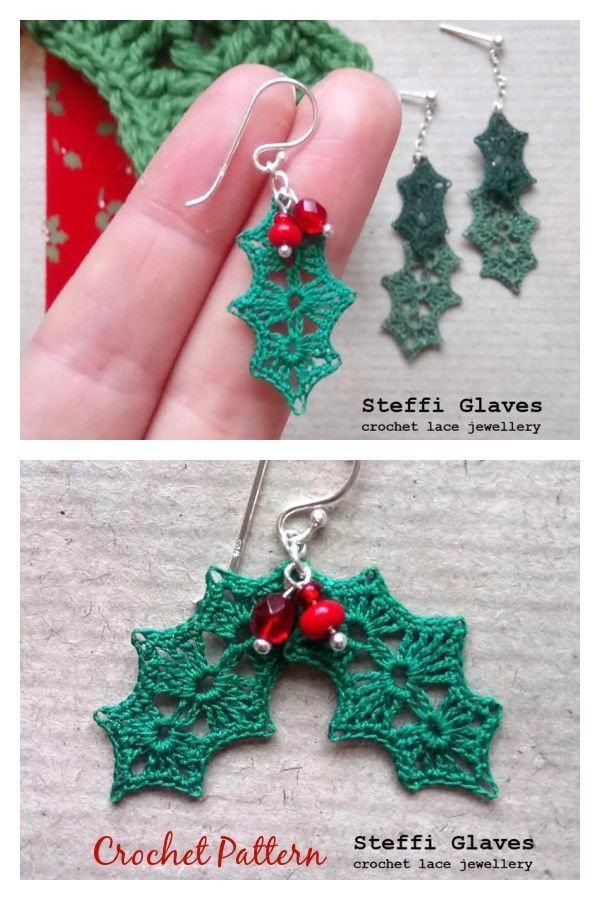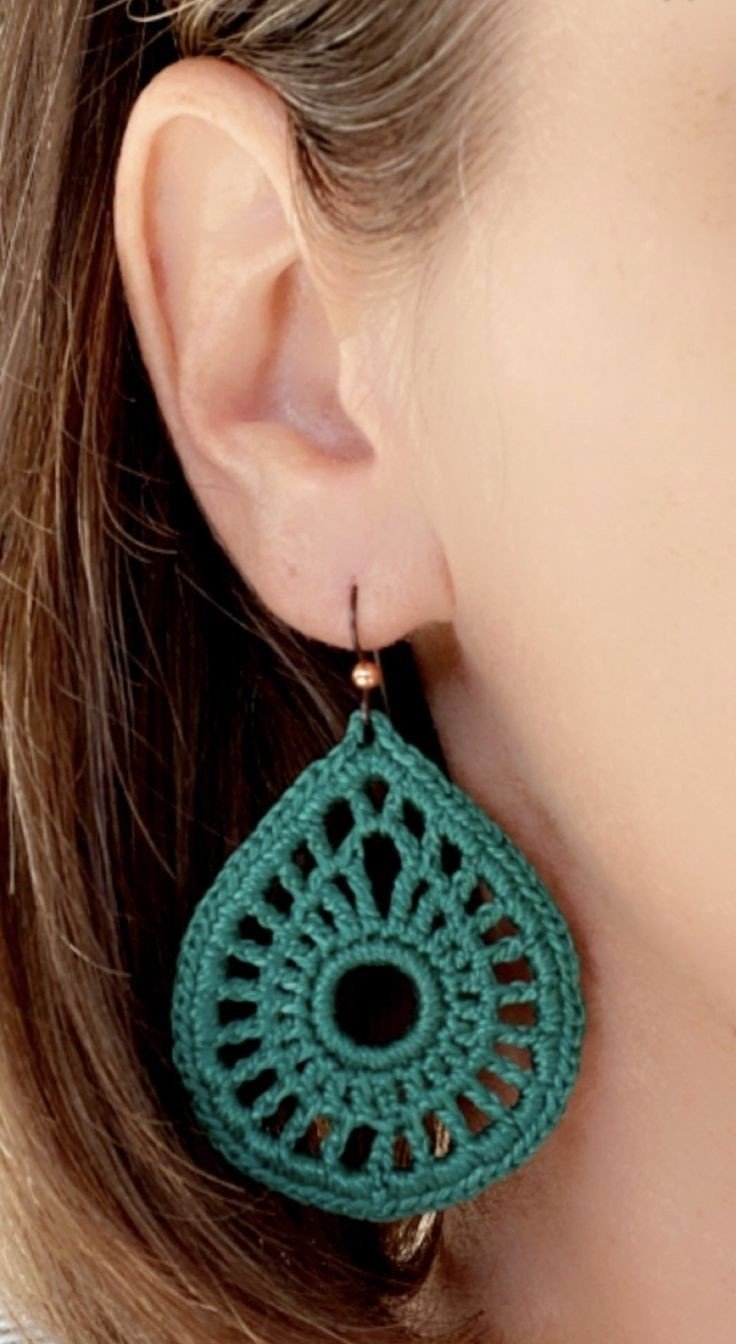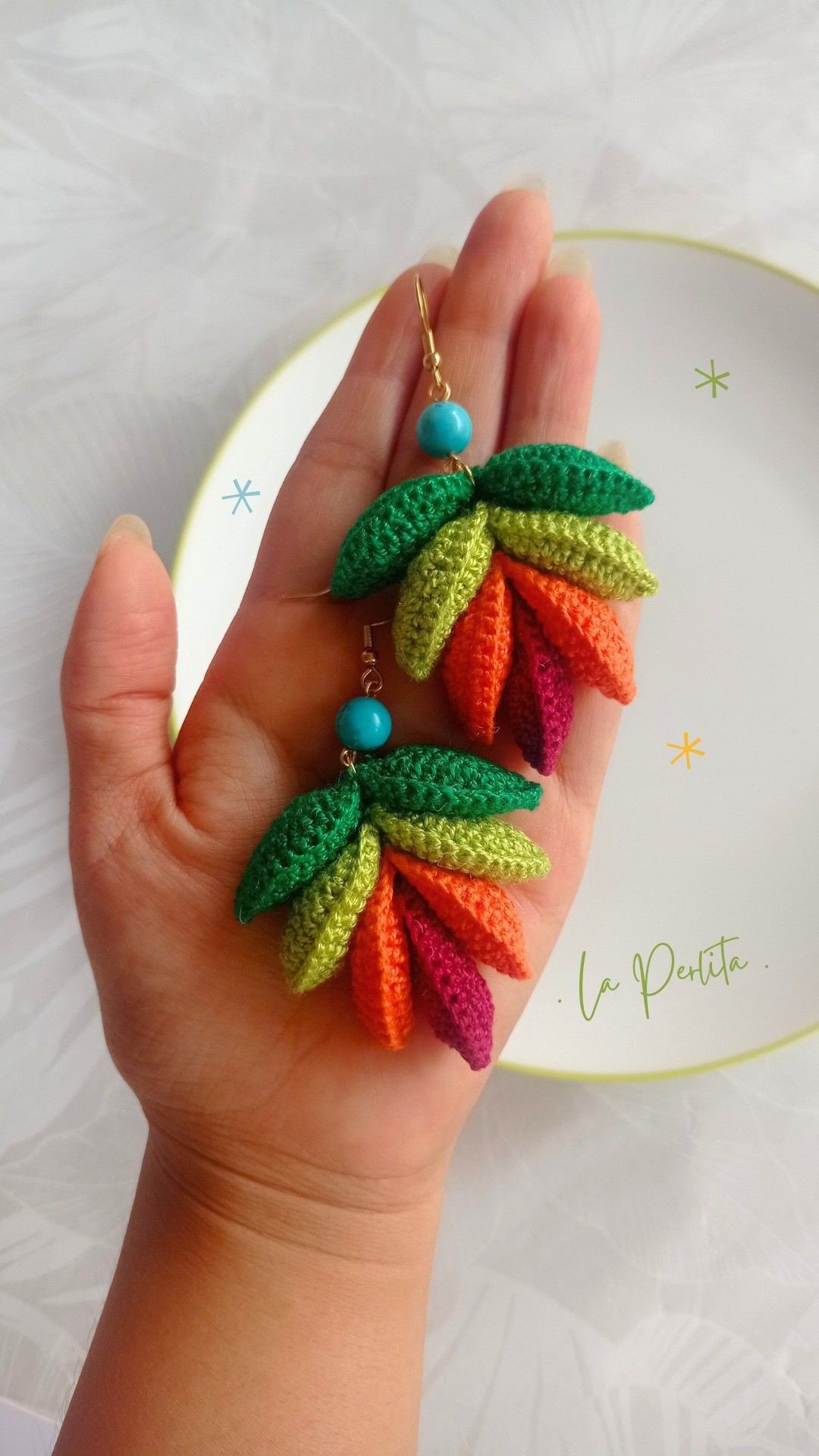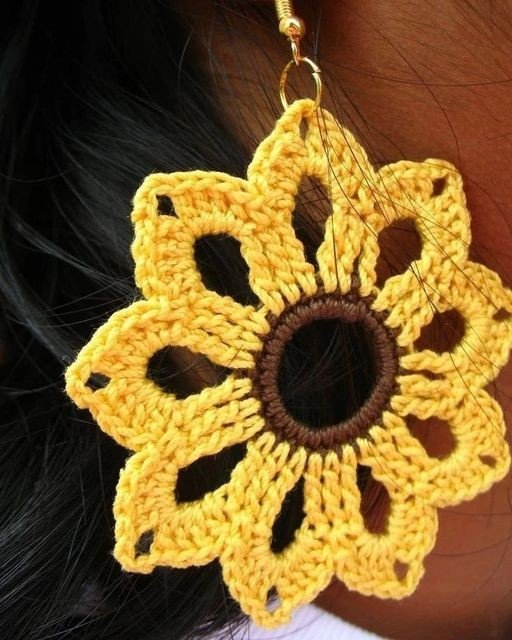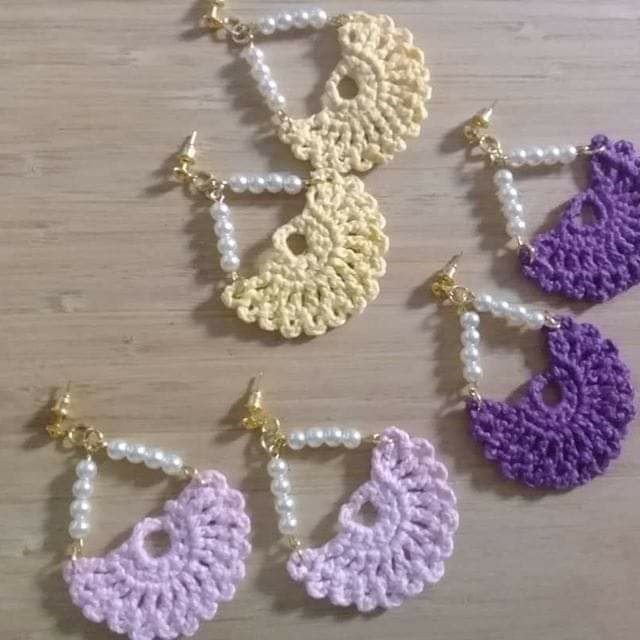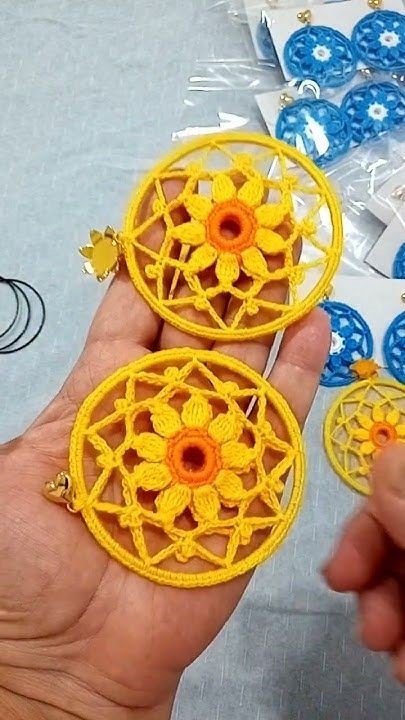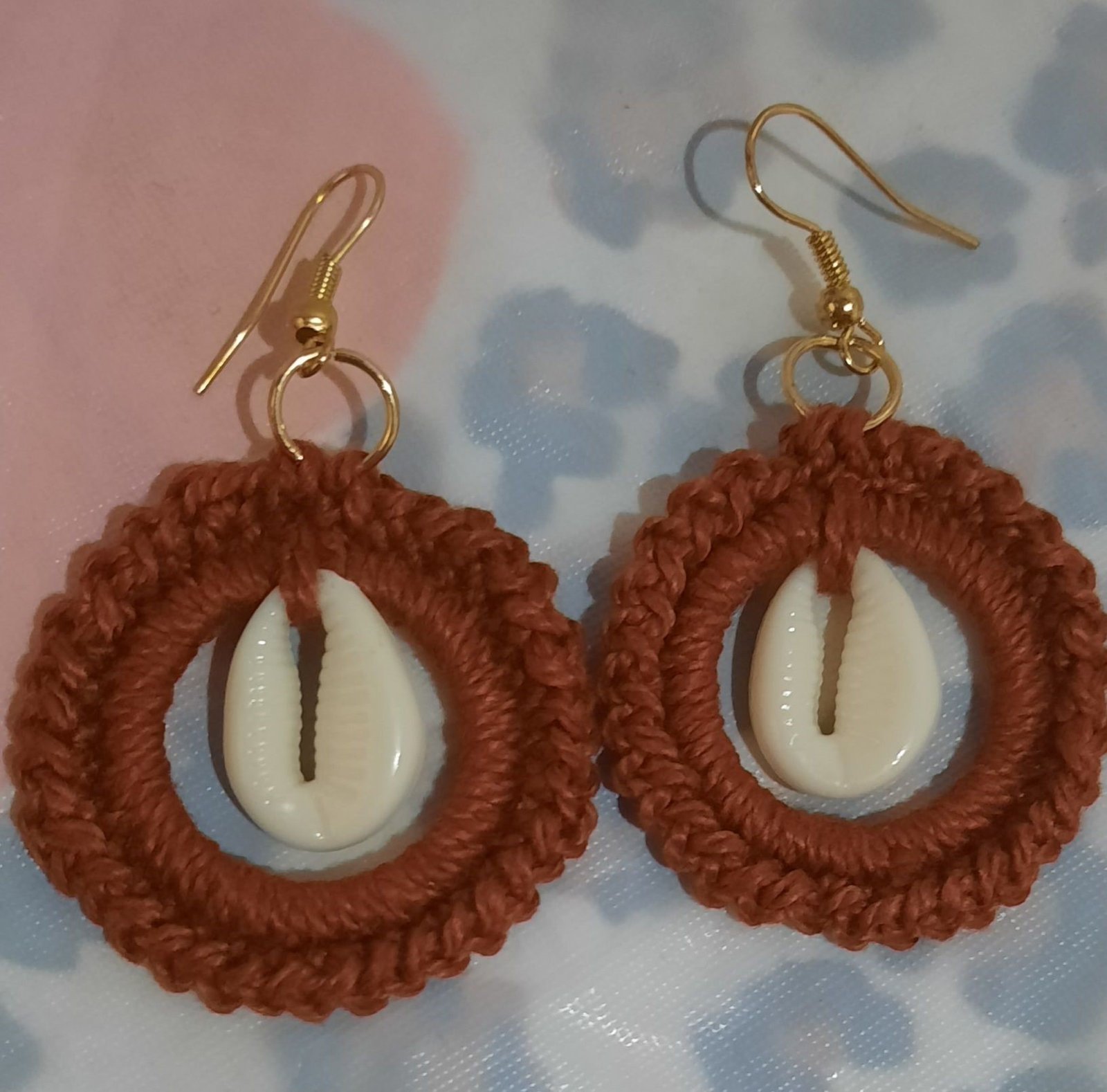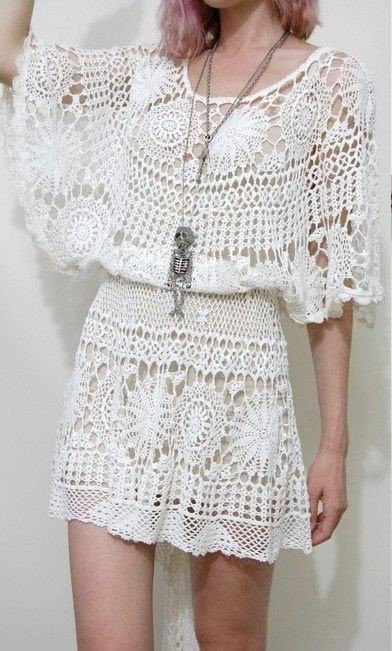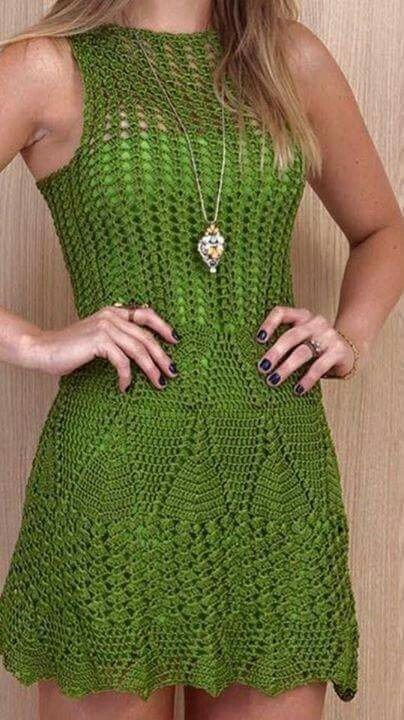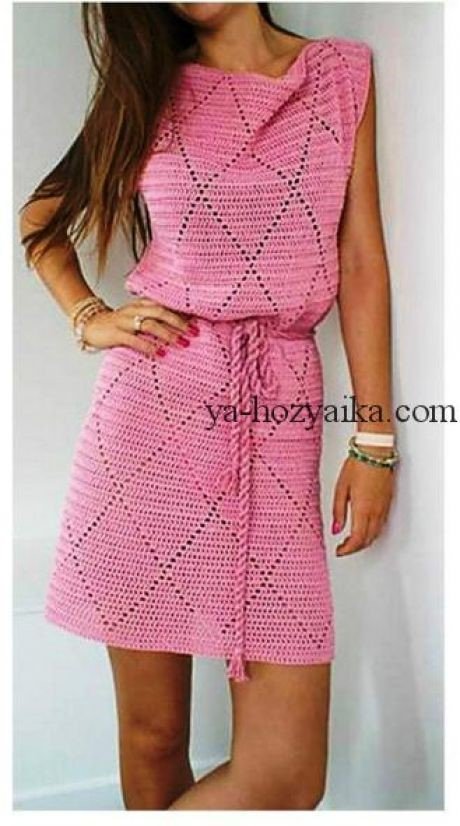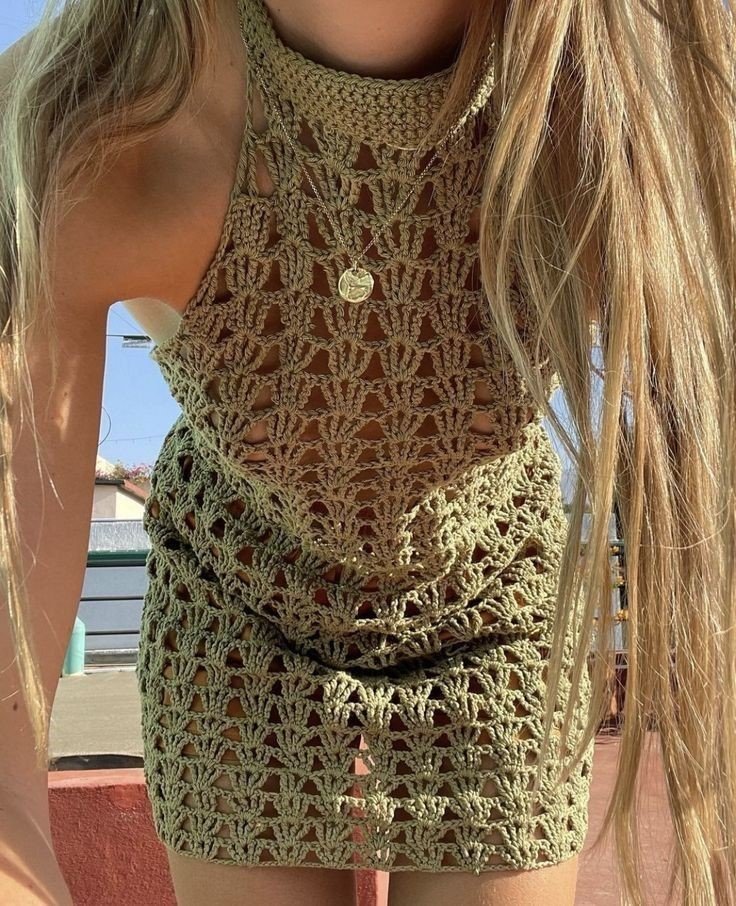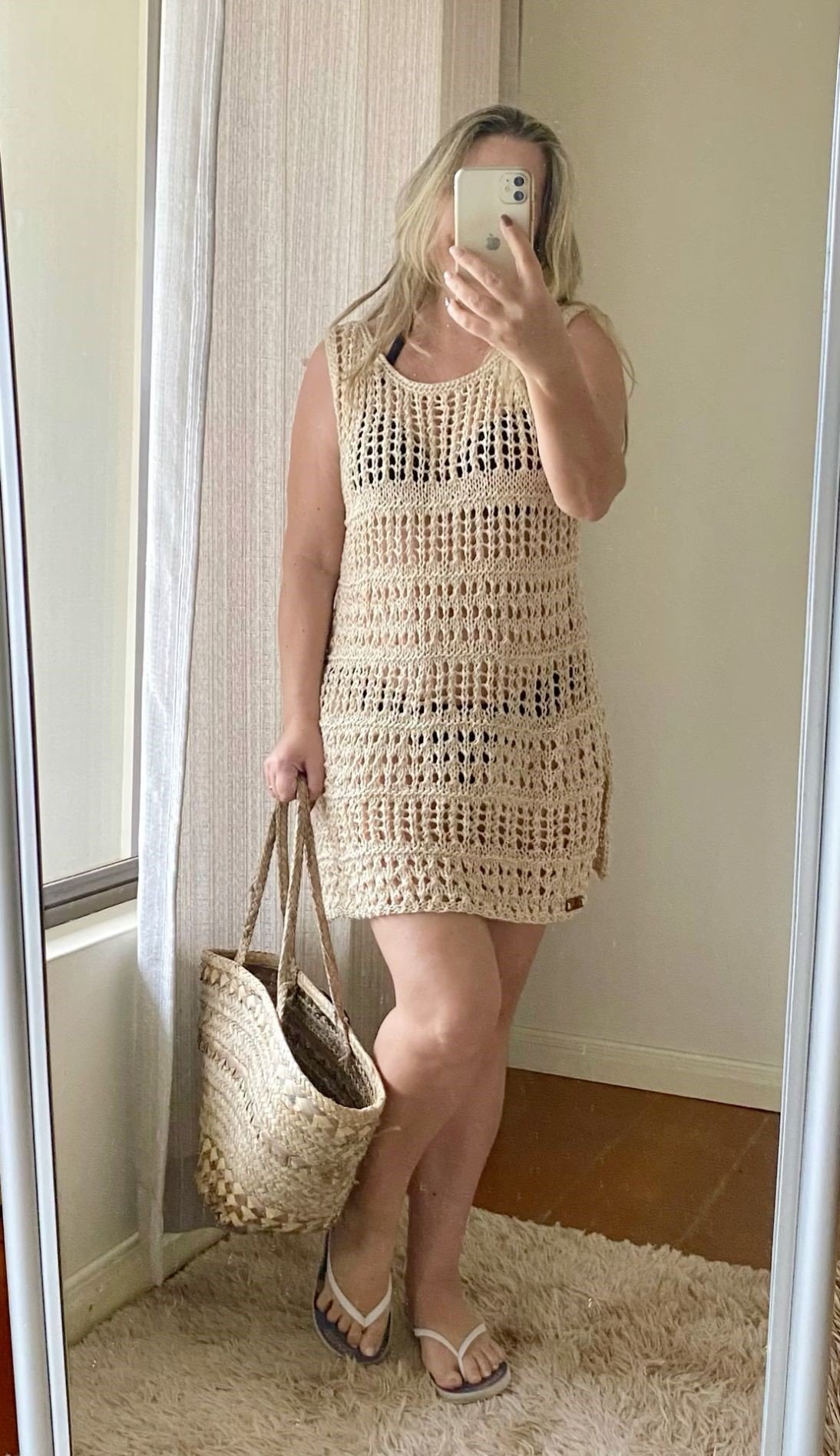Giant Blackheads: Causes, Treatments, and Prevention
Blackheads are one of the most common skin problems, but when they grow larger than usual, they can become painful, unpleasant to look at, and even difficult to treat. These oversized blackheads, often referred to as giant blackheads, occur when pores are clogged with excess sebum, dead skin cells, and impurities for a long time. Unlike small blackheads, giant ones may extend deeper into the skin and require special care to remove.
What Are Giant Blackheads?
Giant blackheads are enlarged open comedones that form when the pore becomes clogged but remains open at the surface. The dark color is not dirt, as many people think, but the result of oxidation: when the trapped sebum and dead skin cells come into contact with oxygen, they turn black.
Because of their size, giant blackheads can look alarming and sometimes resemble small cysts. They can appear anywhere on the body but are most common on the face, back, and shoulders.
Main Causes of Giant Blackheads
Several factors contribute to the development of giant blackheads:
- Excess oil production: Overactive sebaceous glands create the perfect environment for pores to clog.
- Poor skin hygiene: Lack of proper cleansing allows impurities to build up.
- Hormonal changes: Puberty, pregnancy, or hormonal imbalances can trigger excessive sebum.
- Genetics: Some people are naturally more prone to blackheads due to skin type.
- Improper skincare: Using comedogenic products or skipping exfoliation can worsen the problem.
Are Giant Blackheads Dangerous?
Most giant blackheads are not dangerous, but they can become infected if not treated properly. Squeezing or picking at them may push bacteria deeper into the skin, causing inflammation, cysts, or even scars. If a blackhead seems too deep or painful, it’s best to seek professional help from a dermatologist.
Safe Ways to Treat Giant Blackheads
Removing giant blackheads requires patience and care. Here are some effective methods:
1. Professional Extraction
Dermatologists or licensed estheticians use sterile tools to safely extract the blackhead without damaging the skin.
2. Chemical Peels
Peels containing salicylic acid or glycolic acid help exfoliate the skin, unclogging pores and preventing new blackheads.
3. Retinoid Creams
Topical retinoids increase cell turnover, making it harder for pores to remain clogged.
4. Steam Treatment
Exposing the skin to steam softens the blackhead, making it easier to remove. However, this should be combined with professional extraction for best results.
5. Blackhead Removal Masks
Charcoal or clay masks absorb oil and impurities, reducing the chance of giant blackheads forming again.
Prevention Tips
To avoid giant blackheads, follow these preventive measures:
- Wash your face twice daily with a gentle cleanser.
- Use non-comedogenic skincare and makeup products.
- Exfoliate 1–2 times per week to remove dead skin cells.
- Keep your hands away from your face to prevent bacteria transfer.
- Maintain a healthy diet rich in fruits, vegetables, and water.
When to See a Doctor
If giant blackheads keep coming back, cause pain, or leave scars, consult a dermatologist. In some cases, what appears to be a giant blackhead might actually be an epidermoid cyst or another skin condition requiring medical attention.
Final Thoughts
Giant blackheads can be frustrating, but they are treatable and preventable with the right care. Avoid squeezing them at home, as improper removal may lead to infections and scarring. Instead, focus on consistent skincare habits and professional treatments when needed. With patience and the right approach, you can keep your skin clear and healthy.


